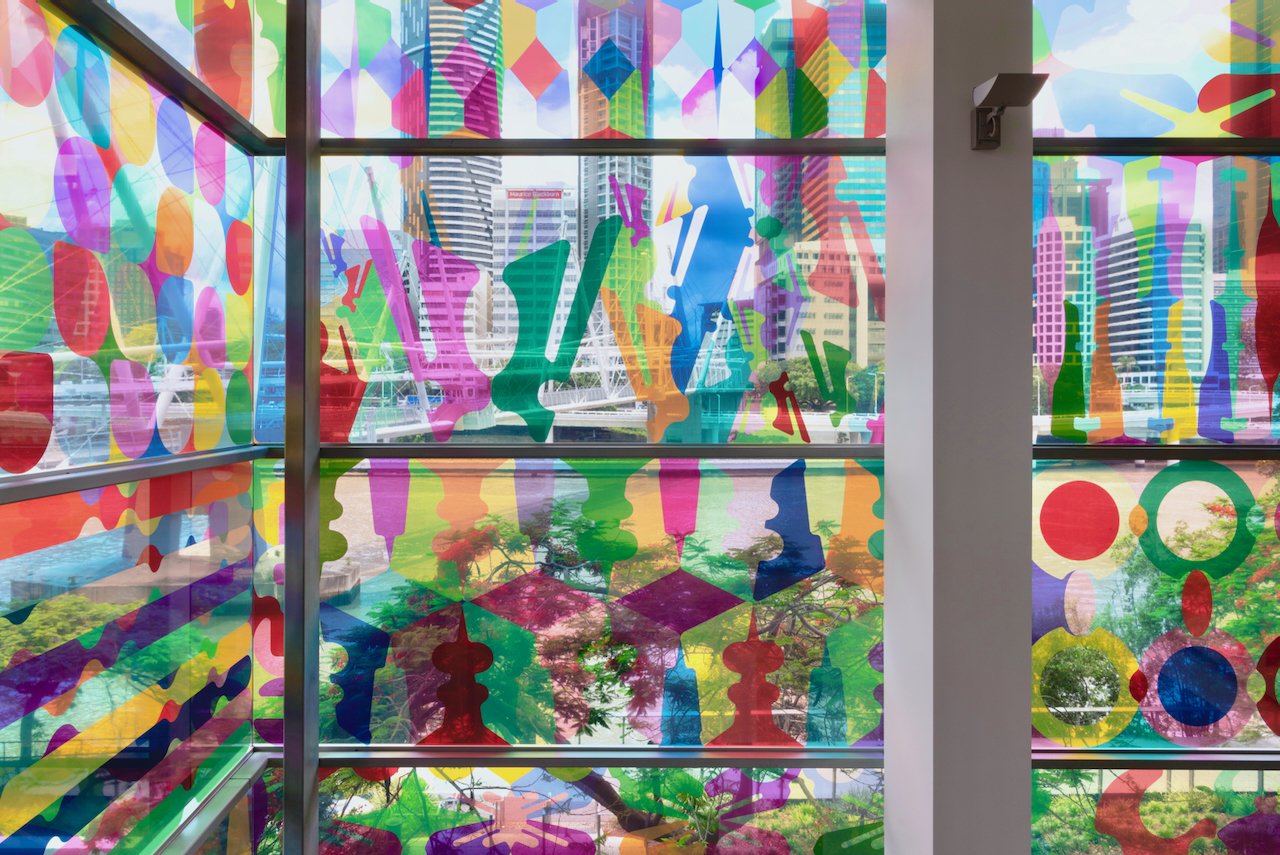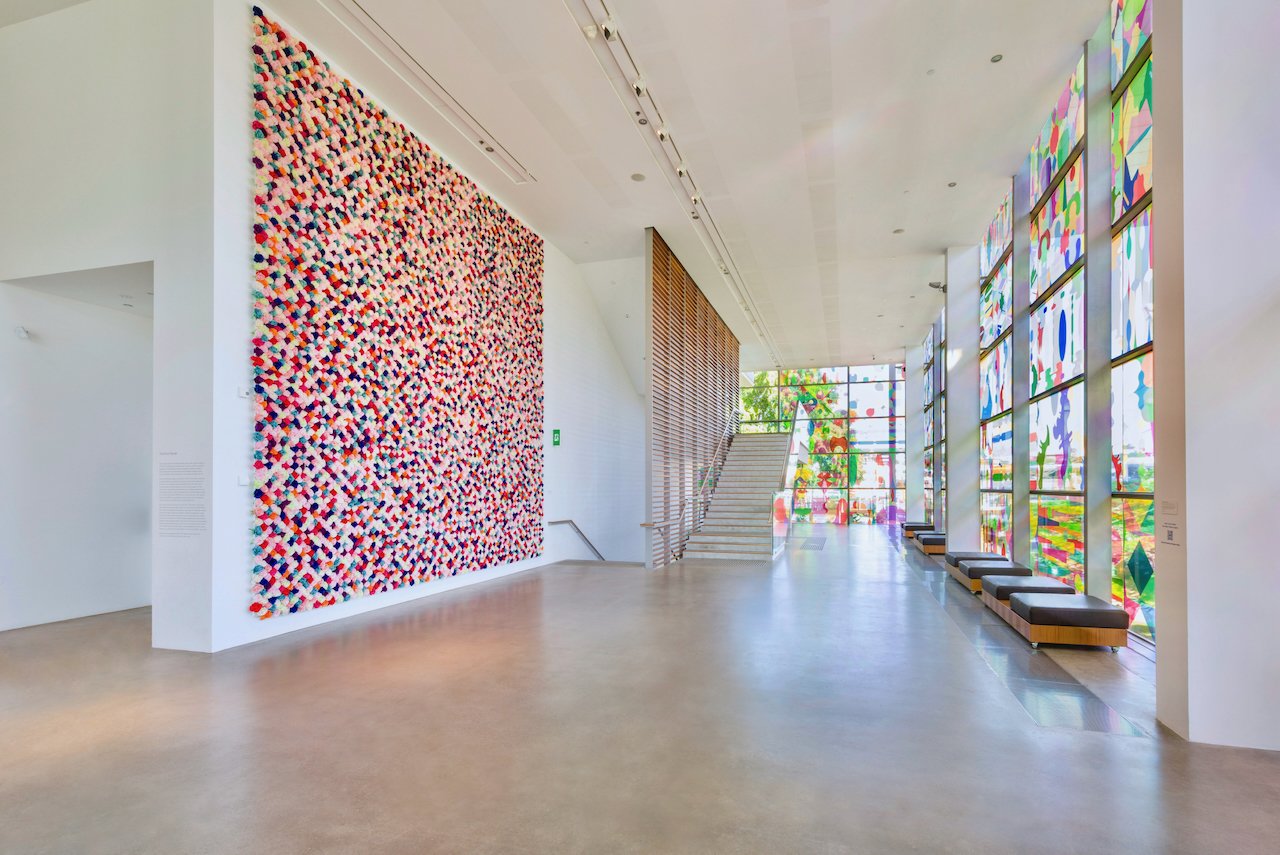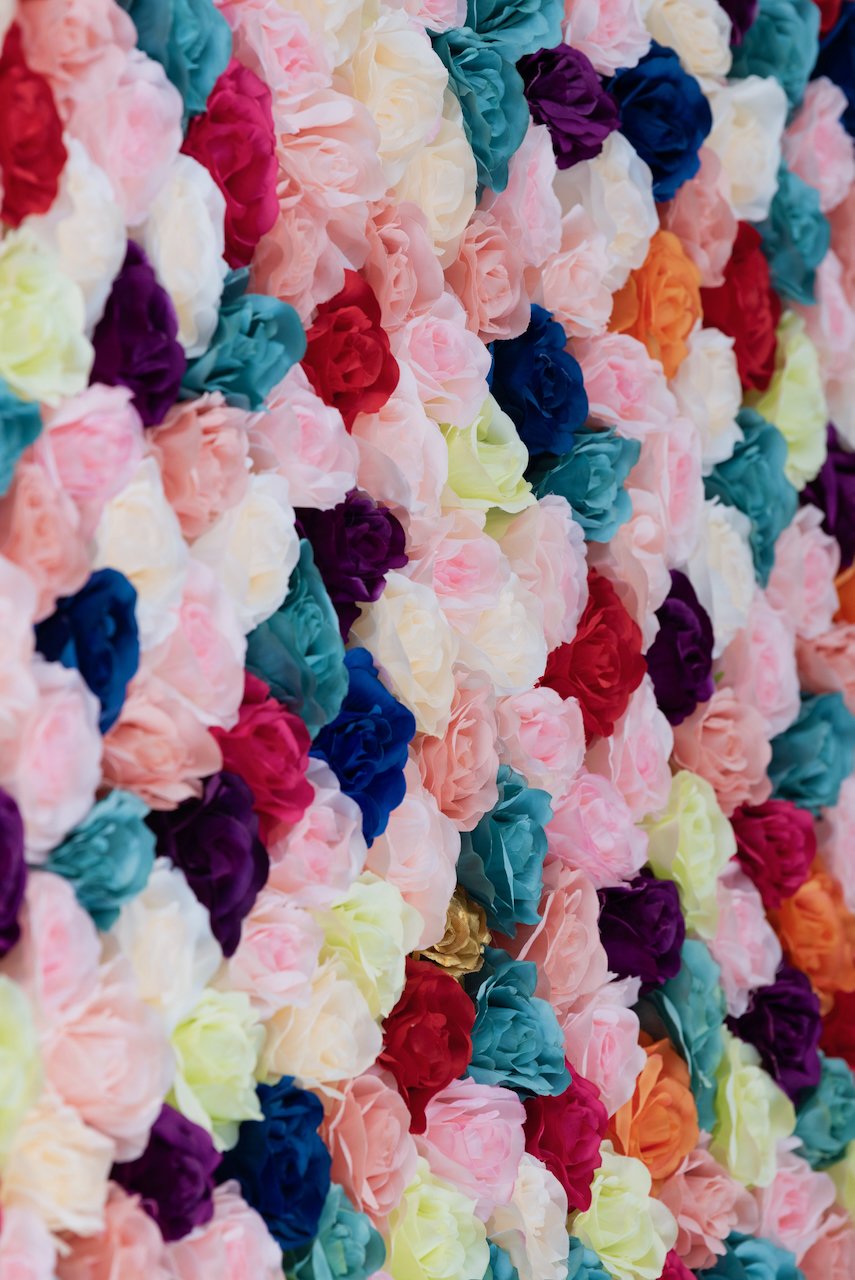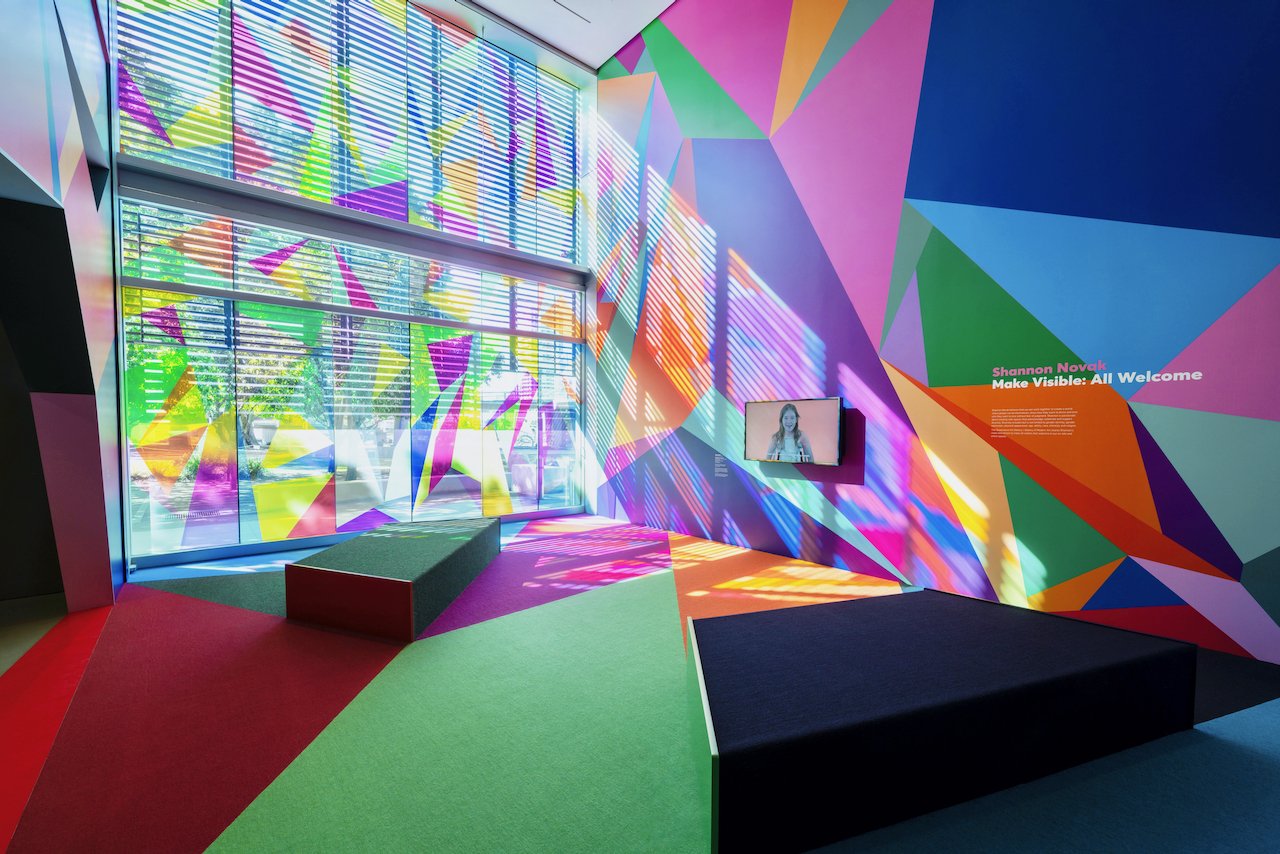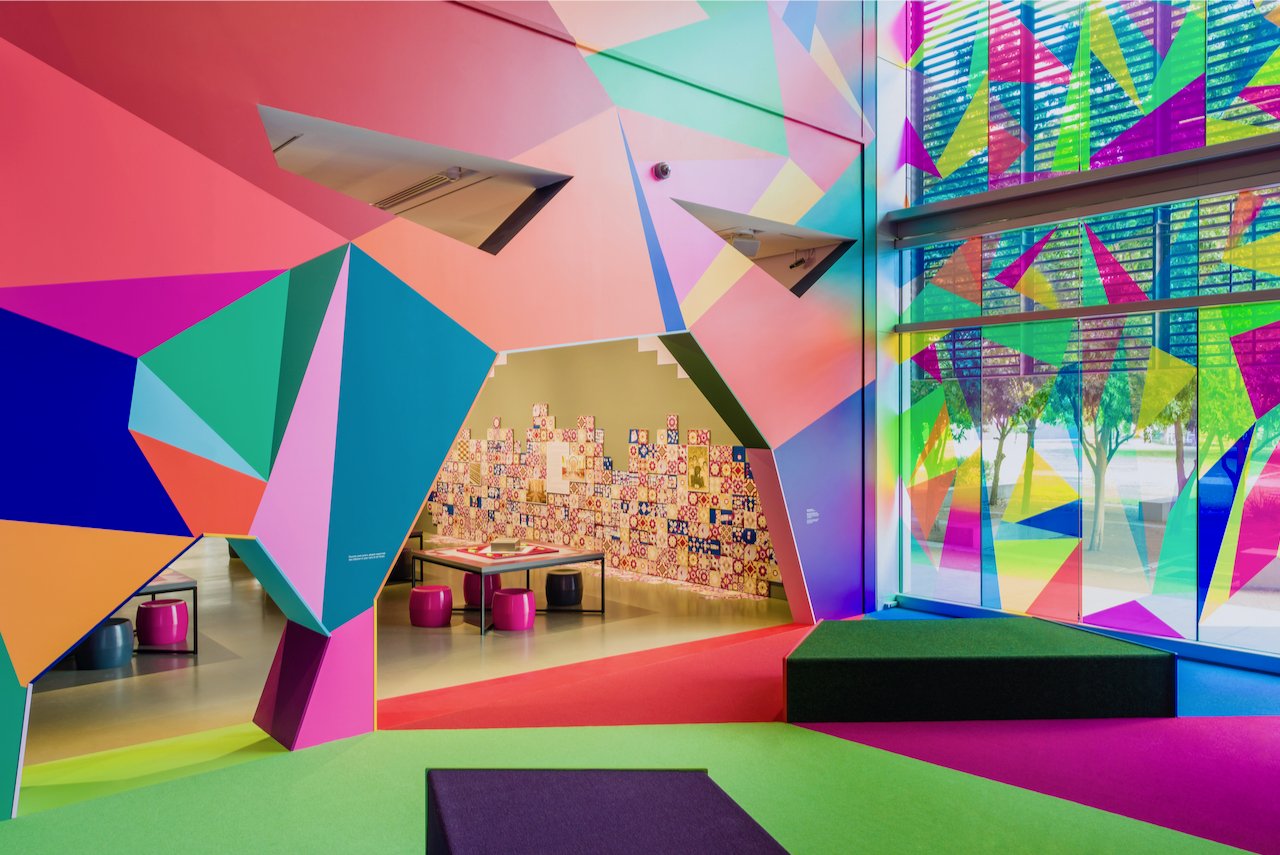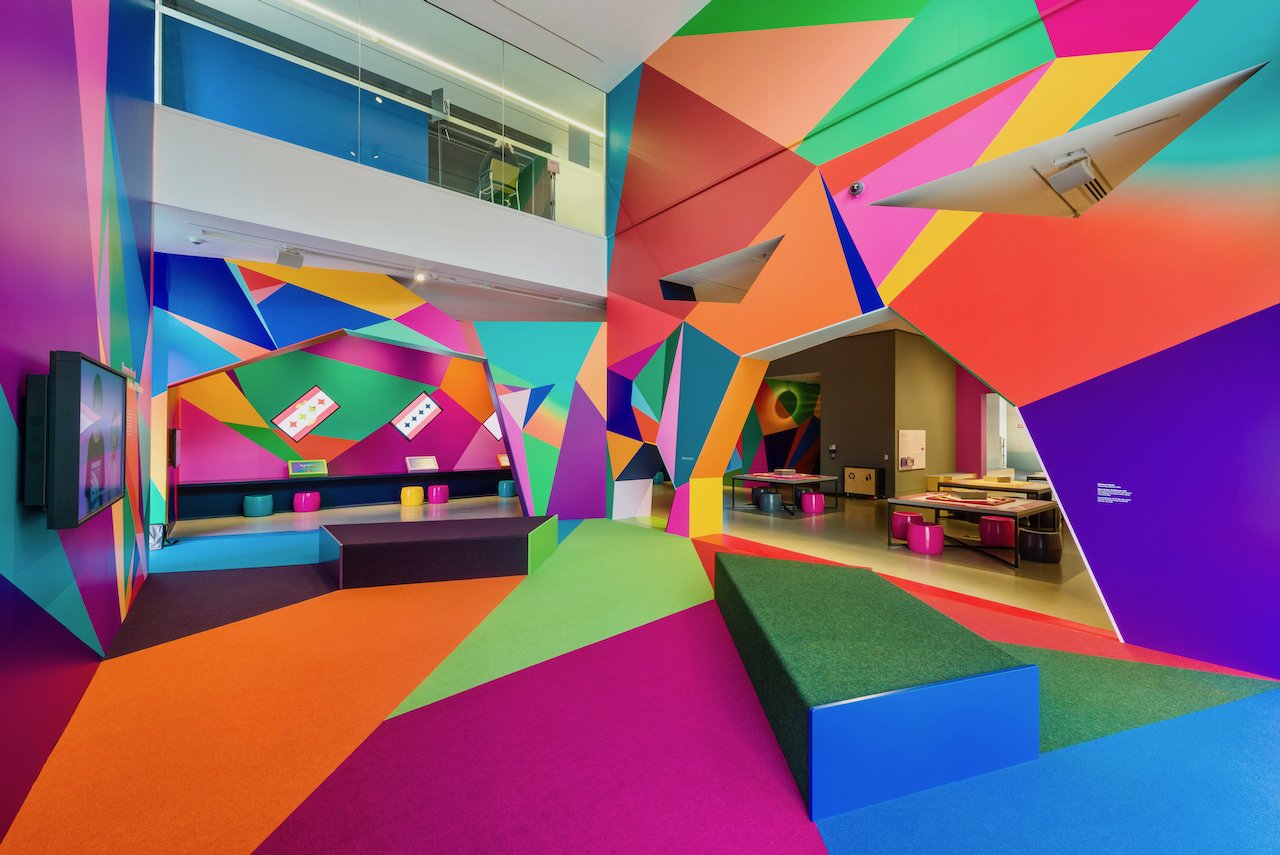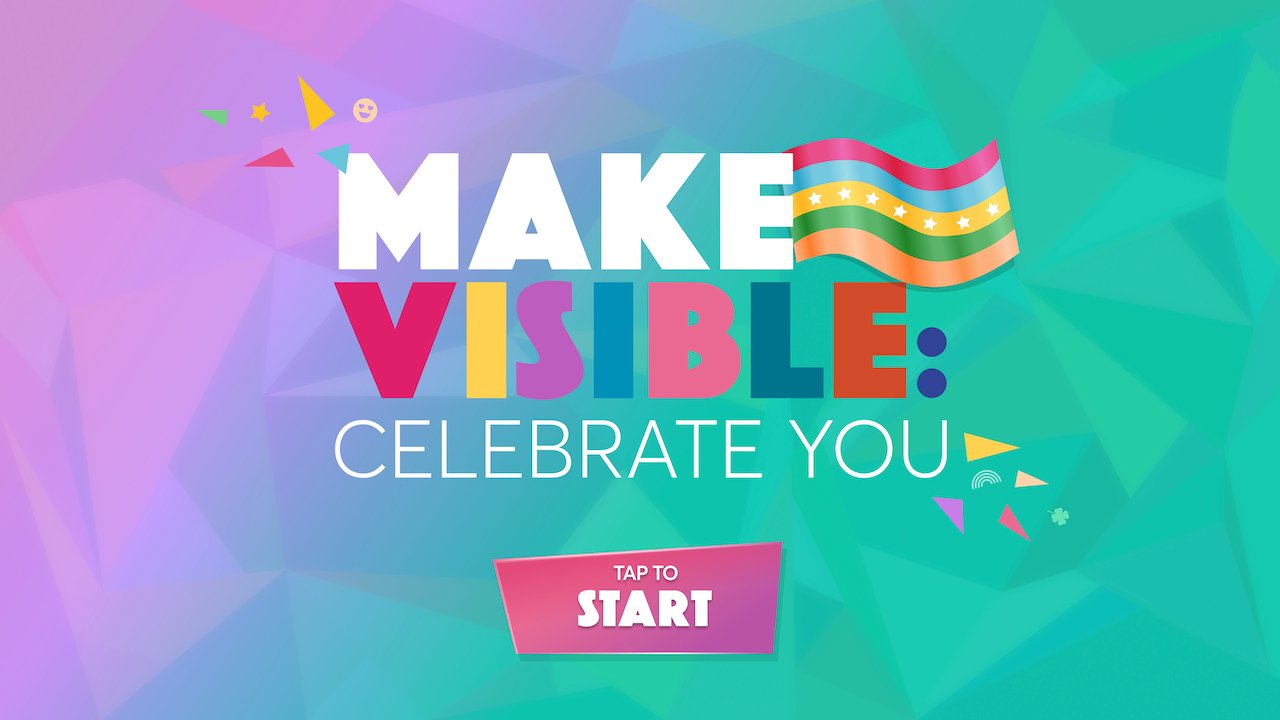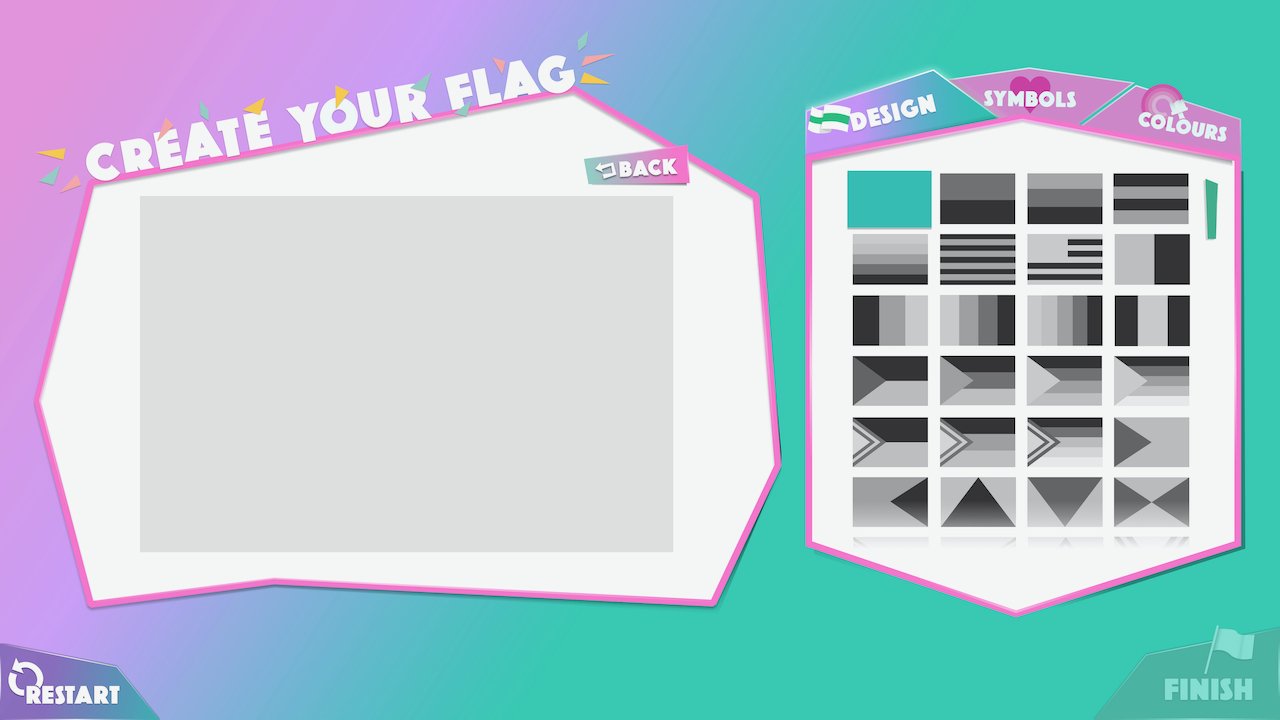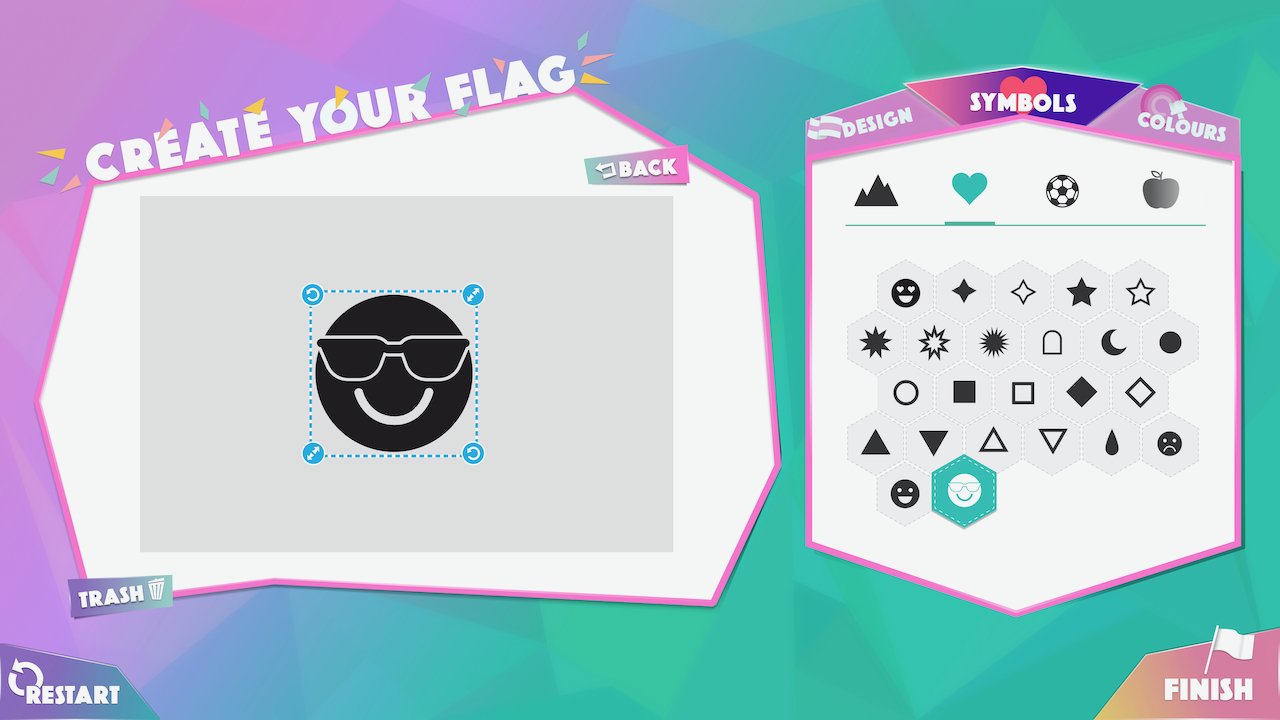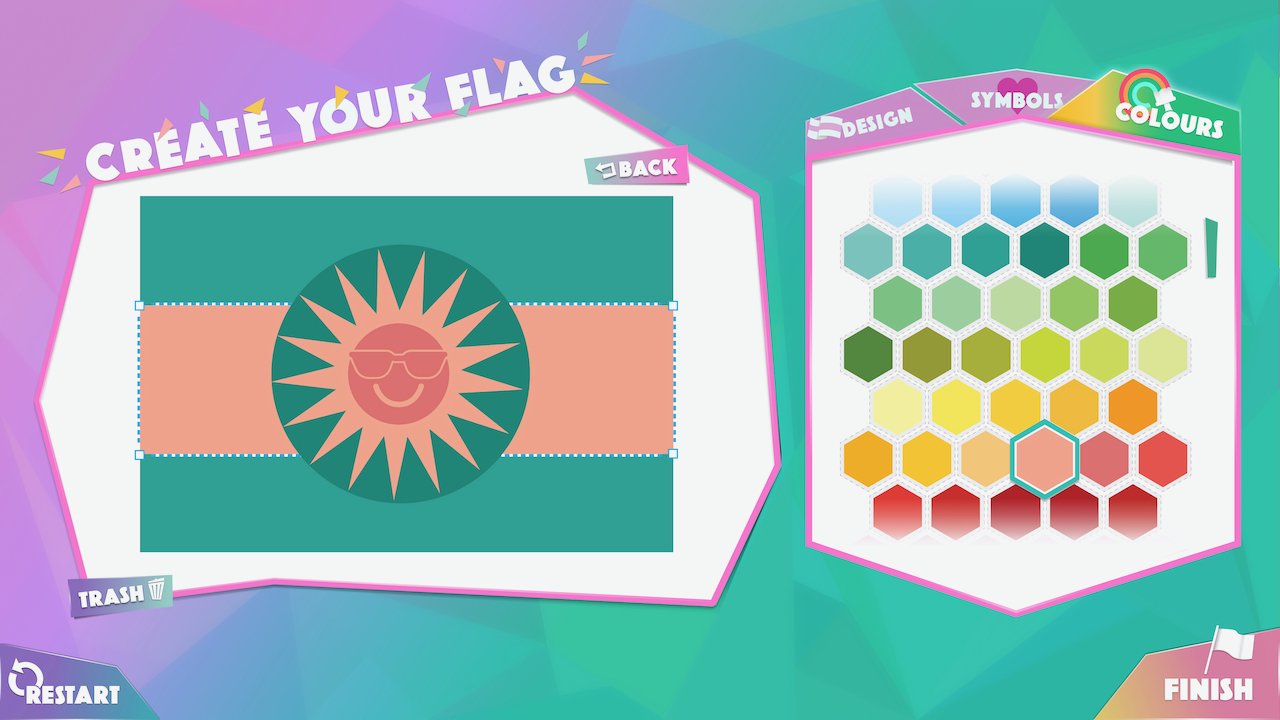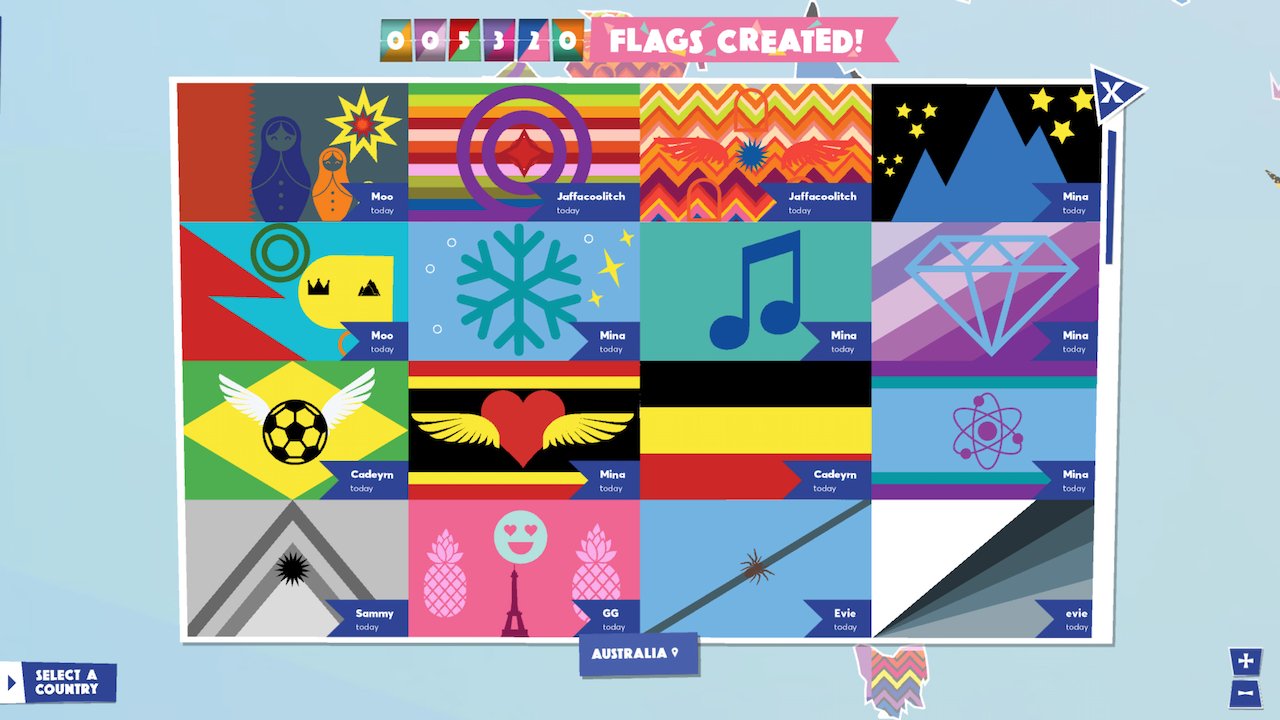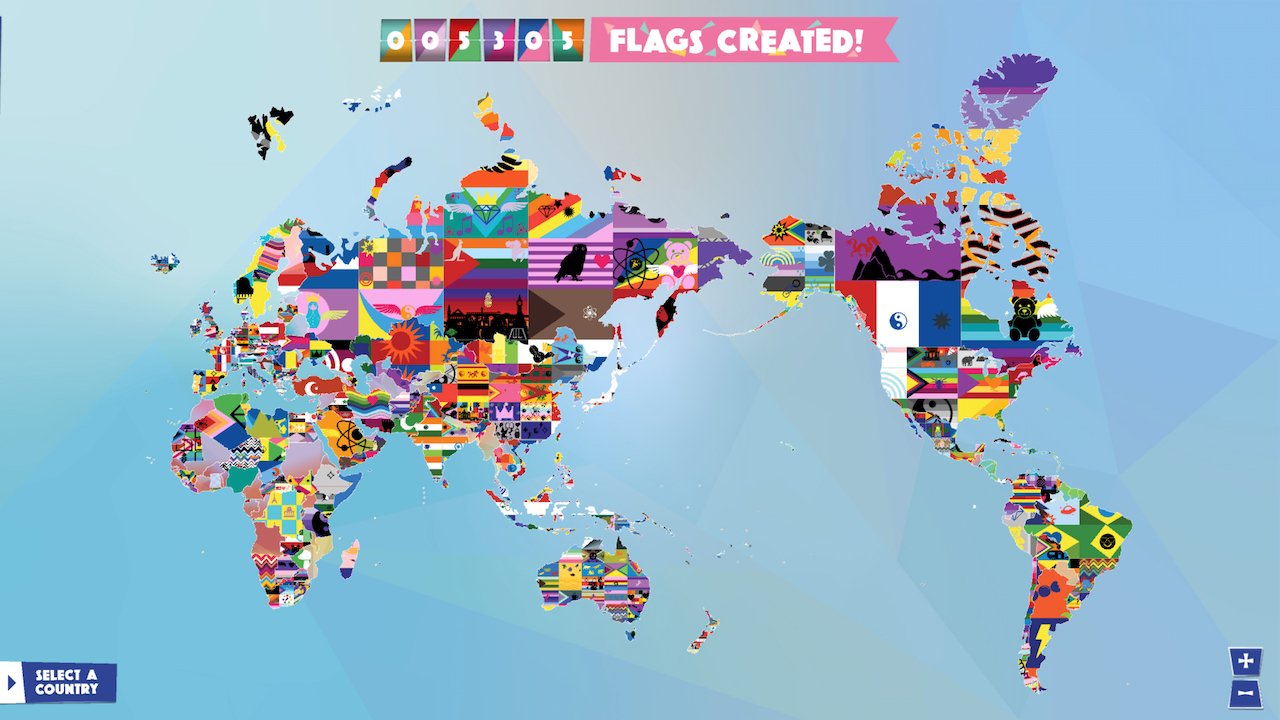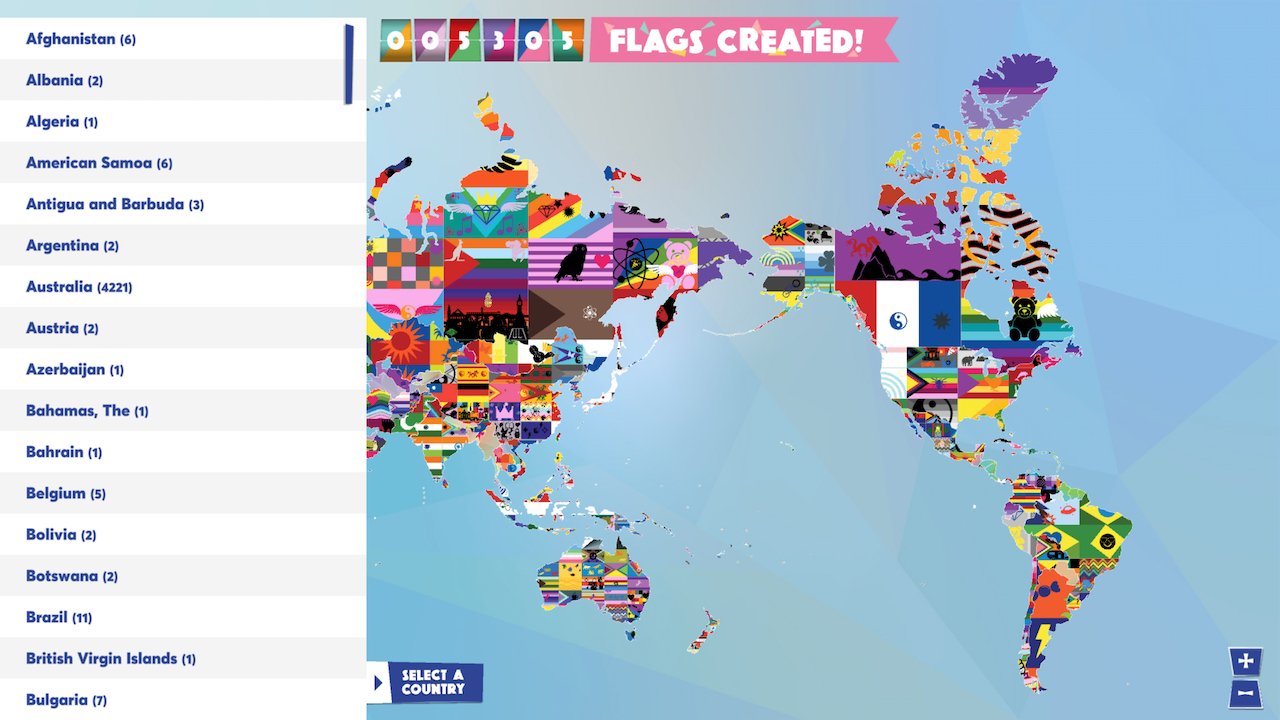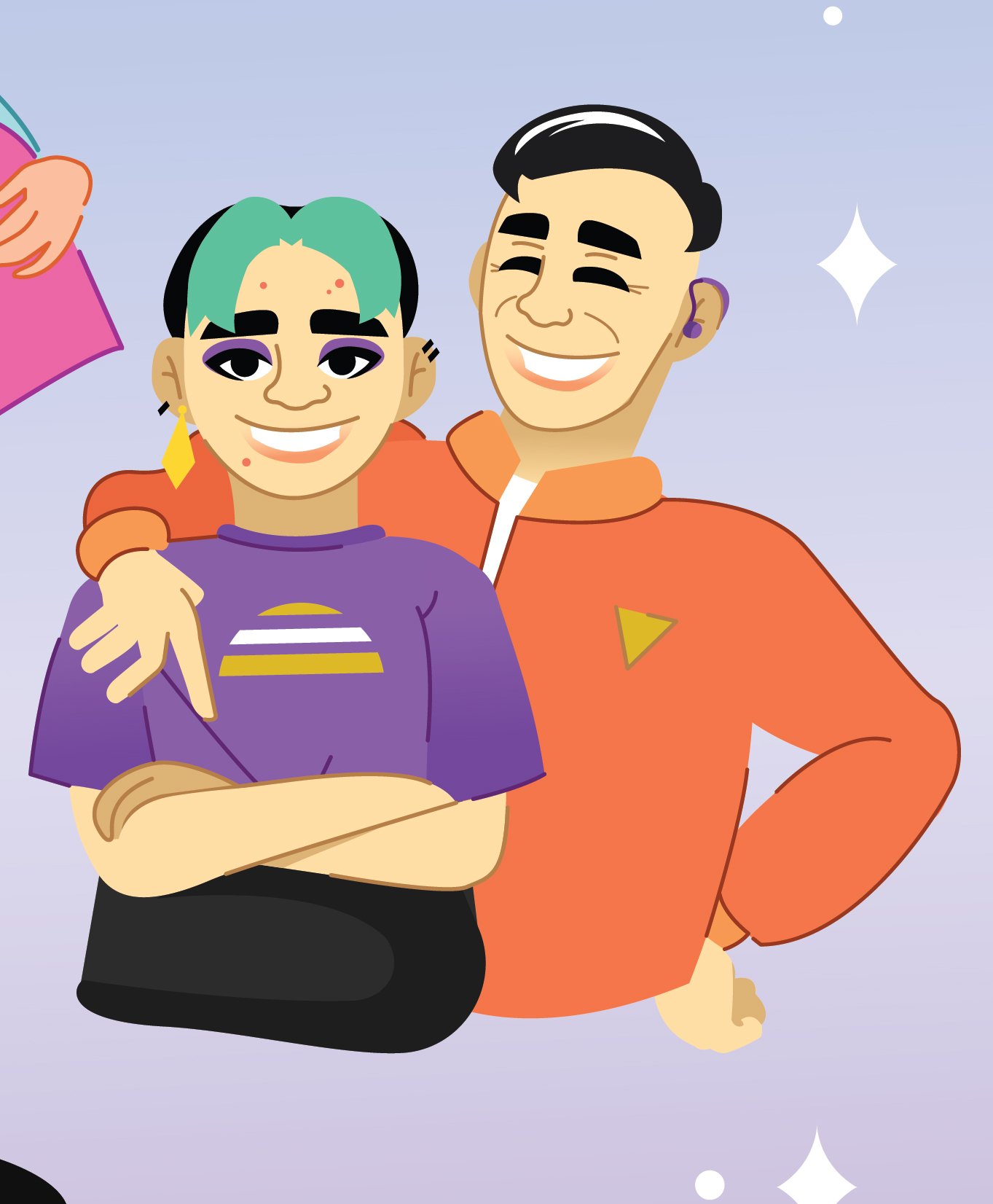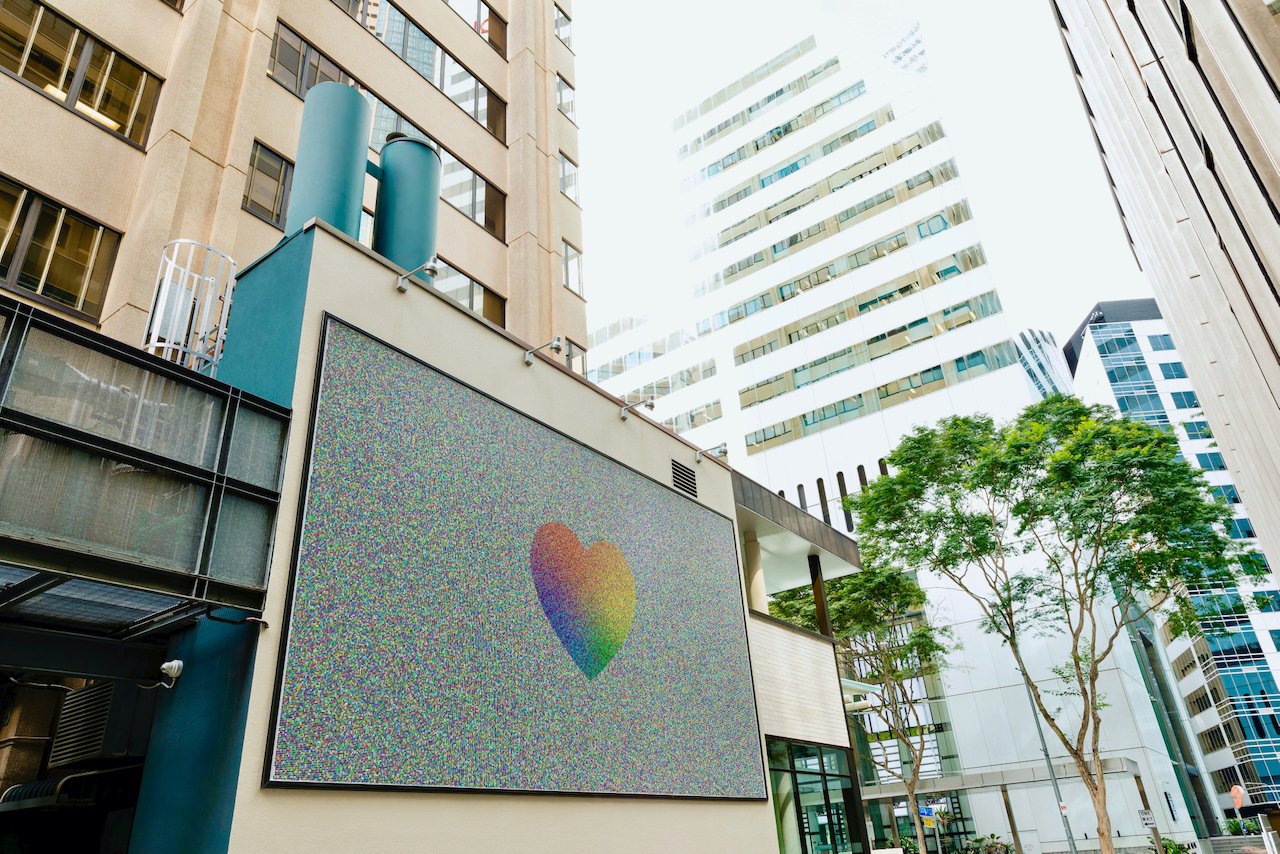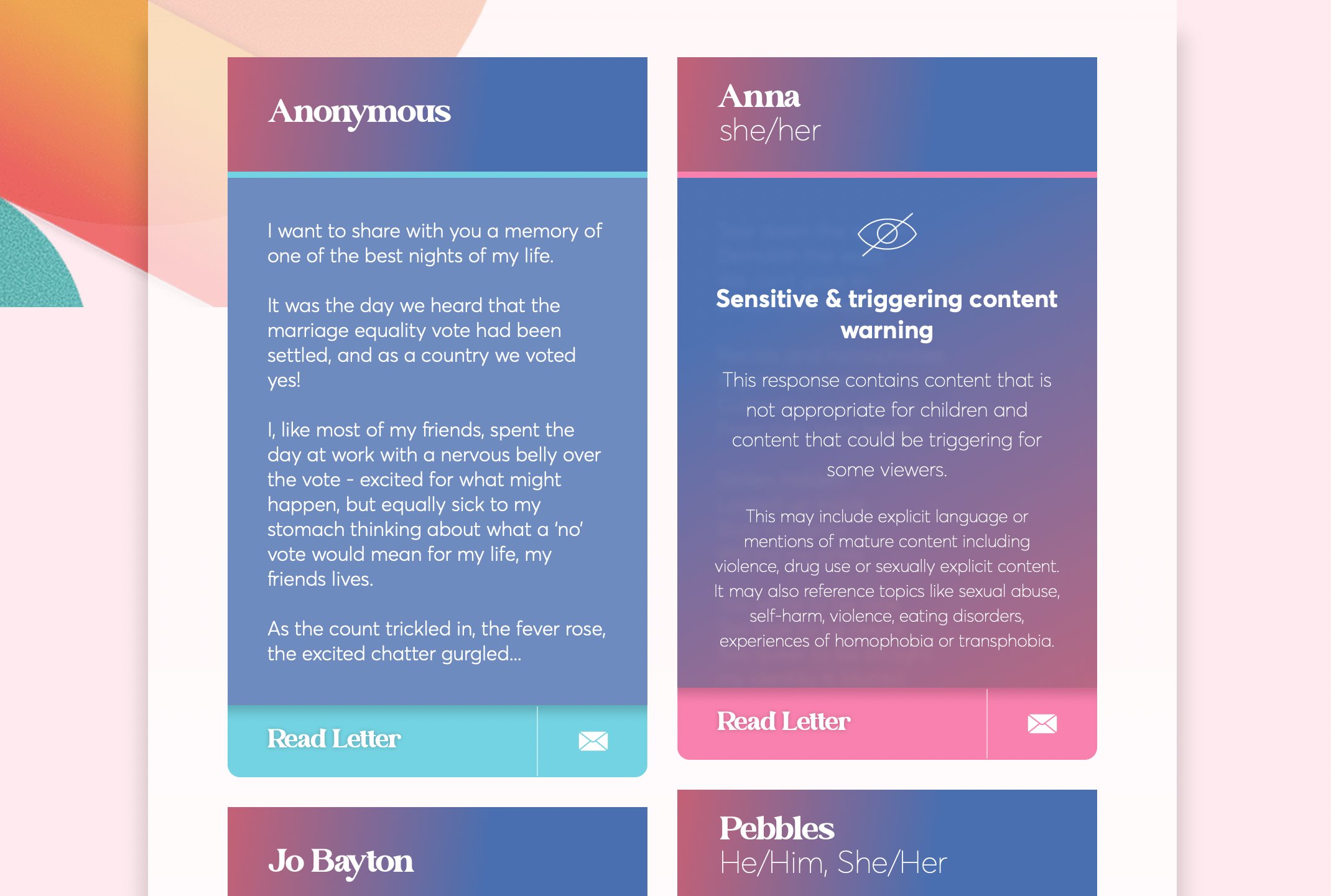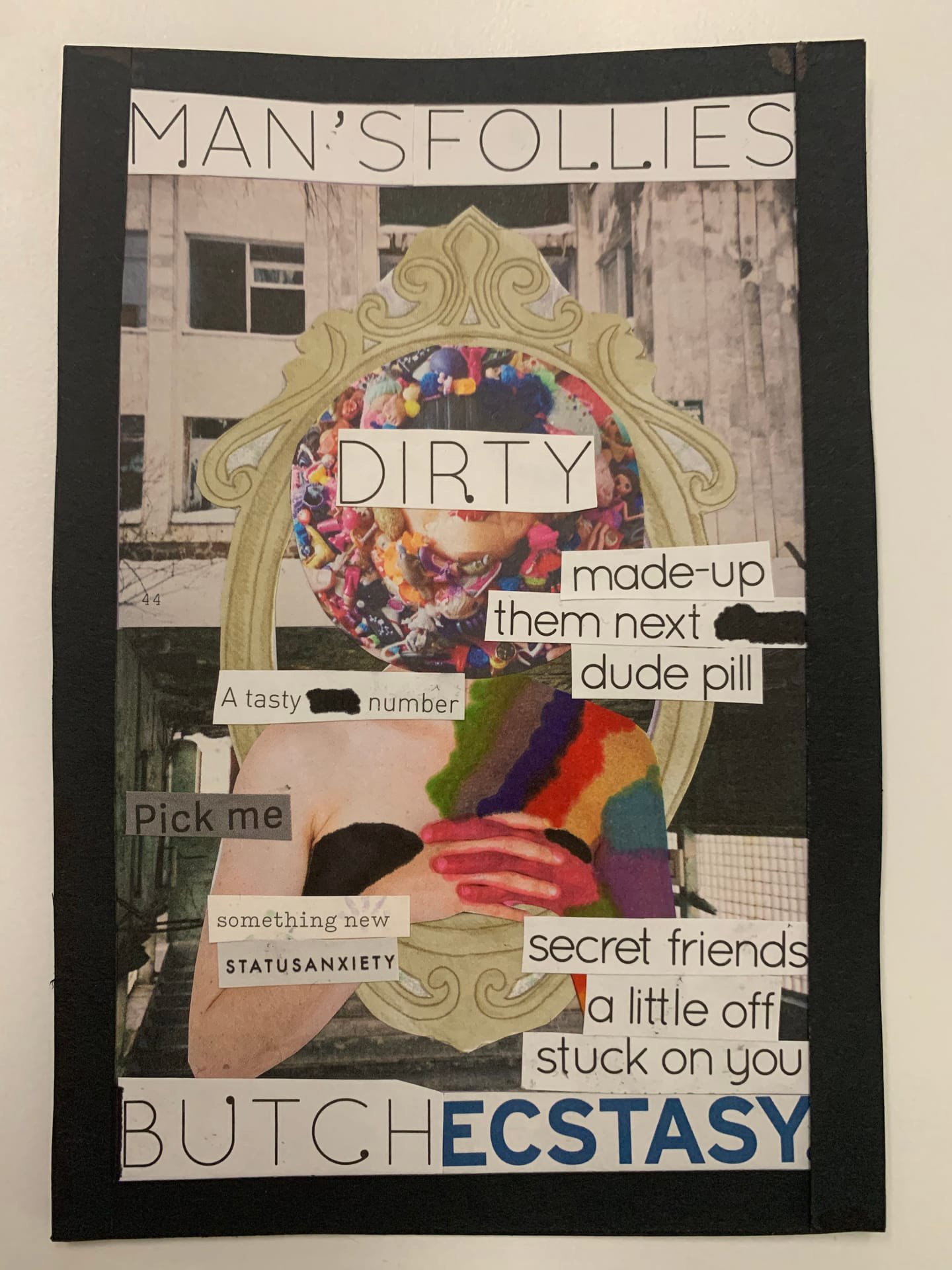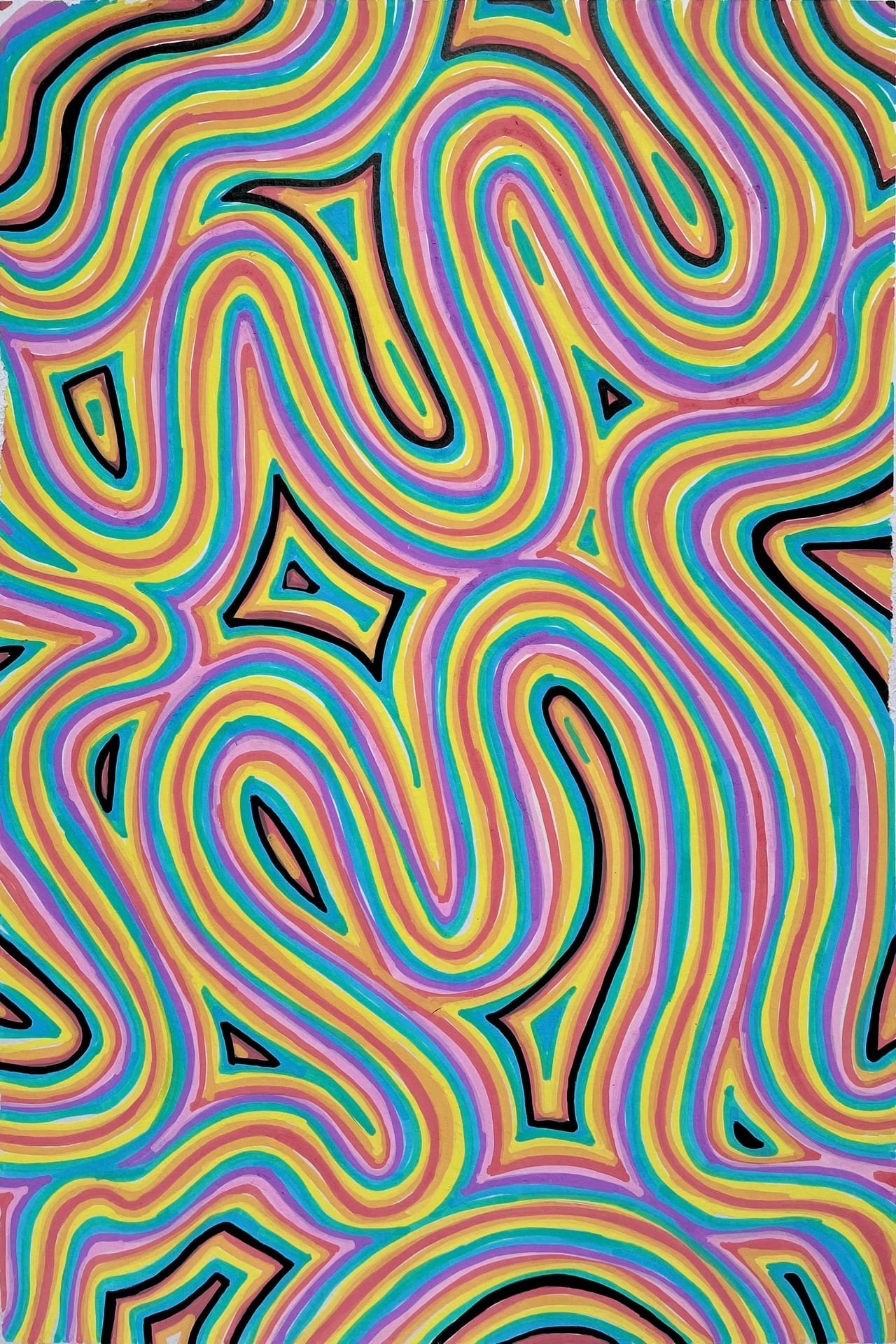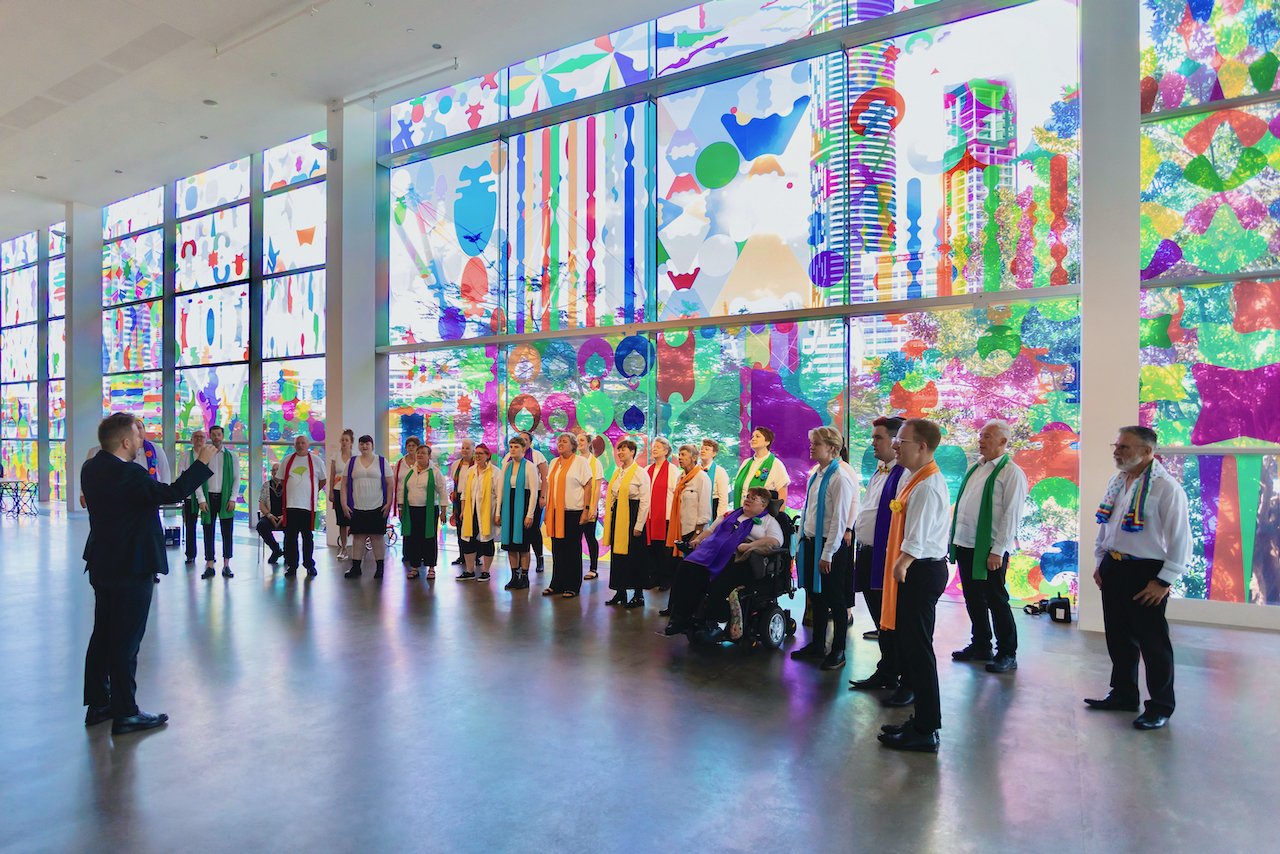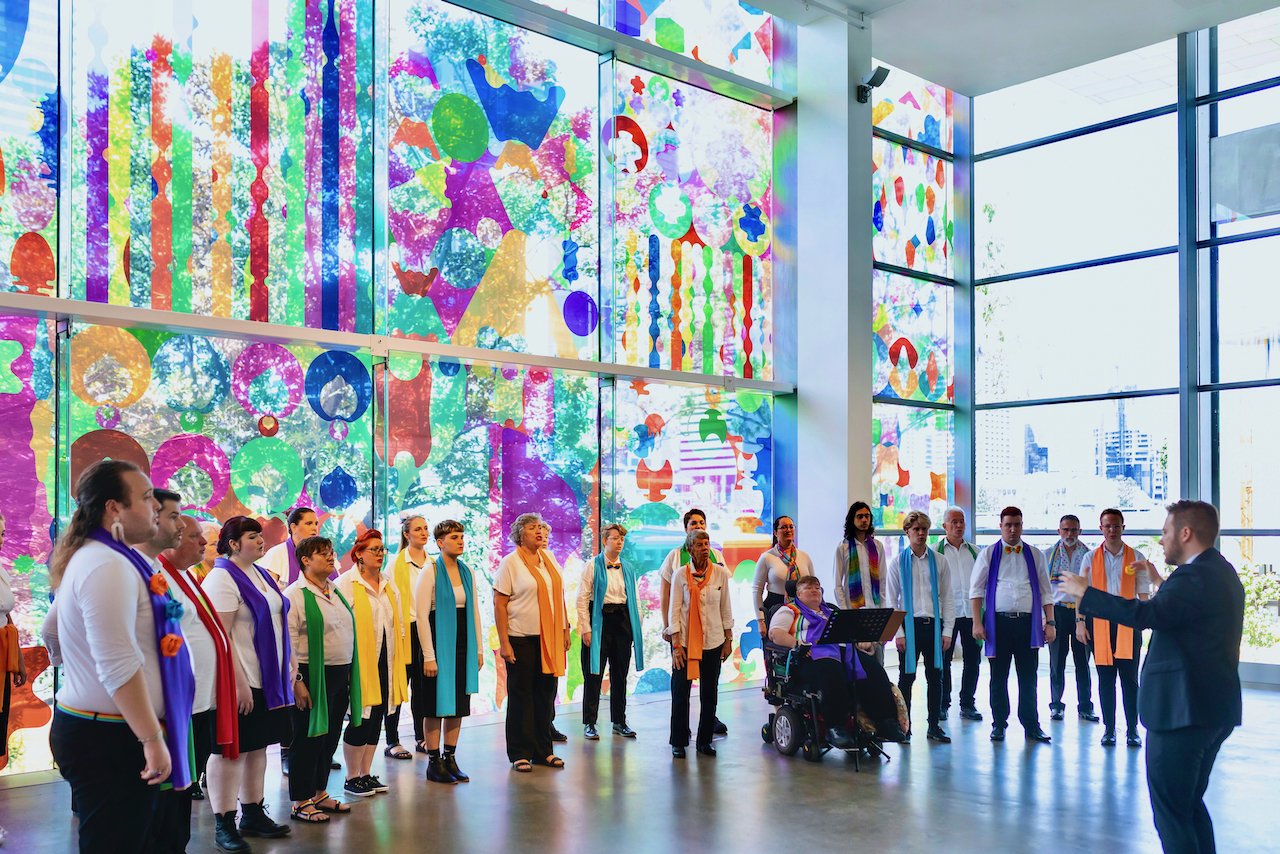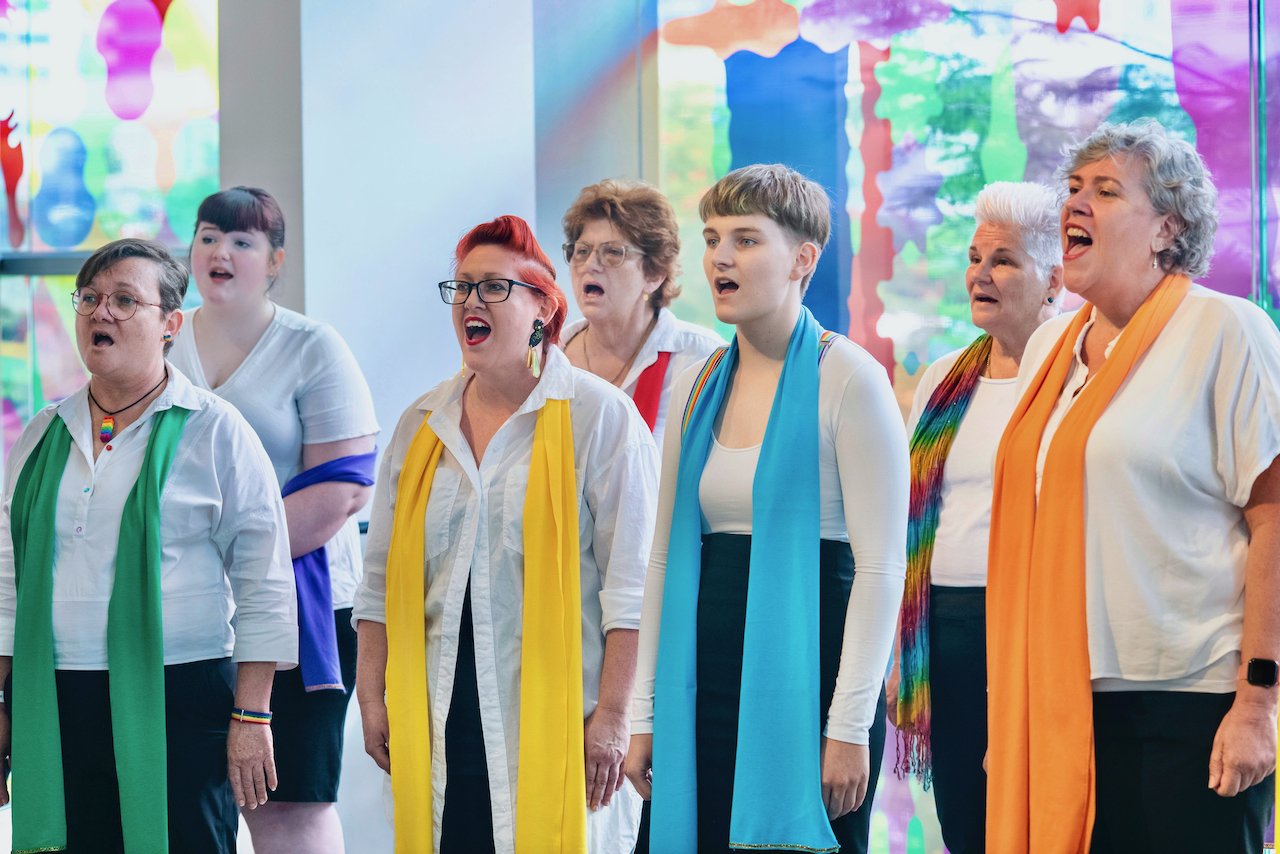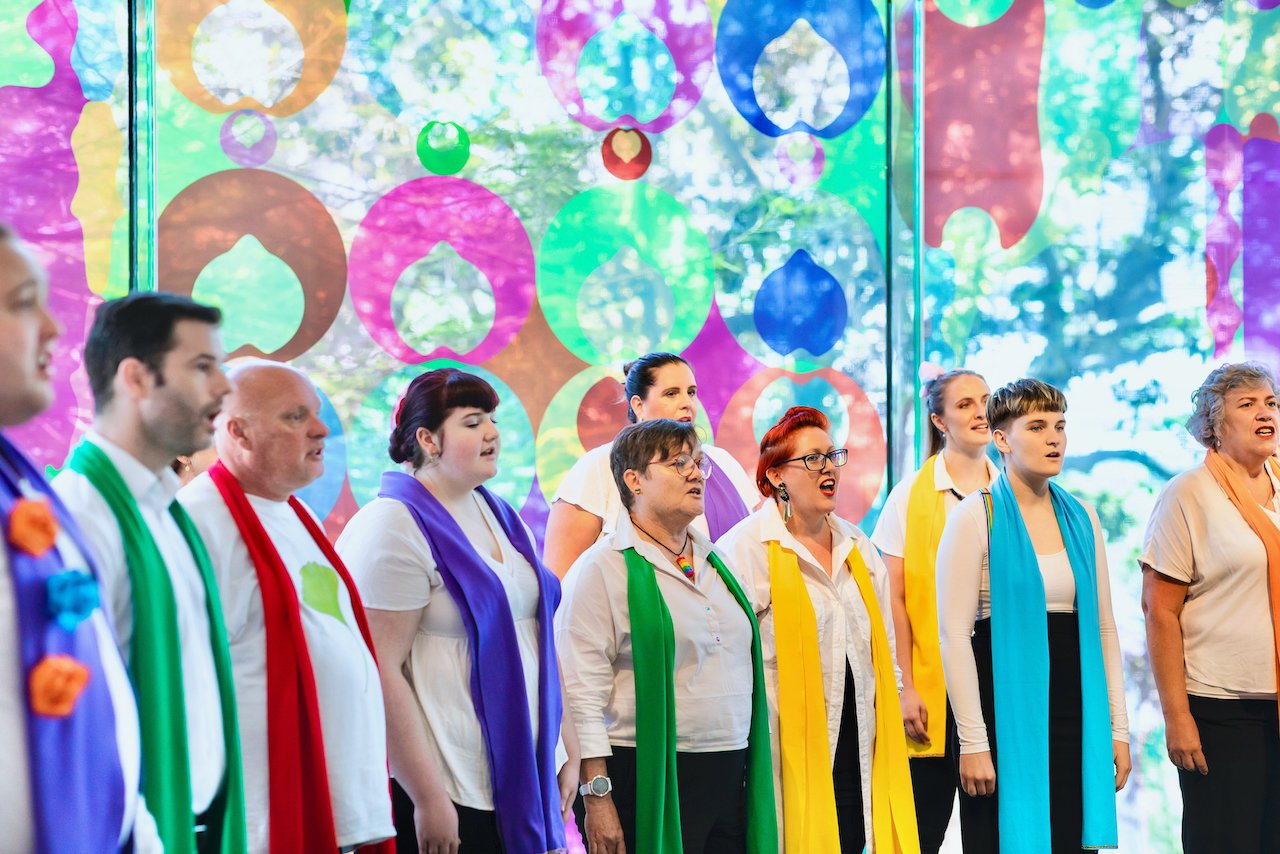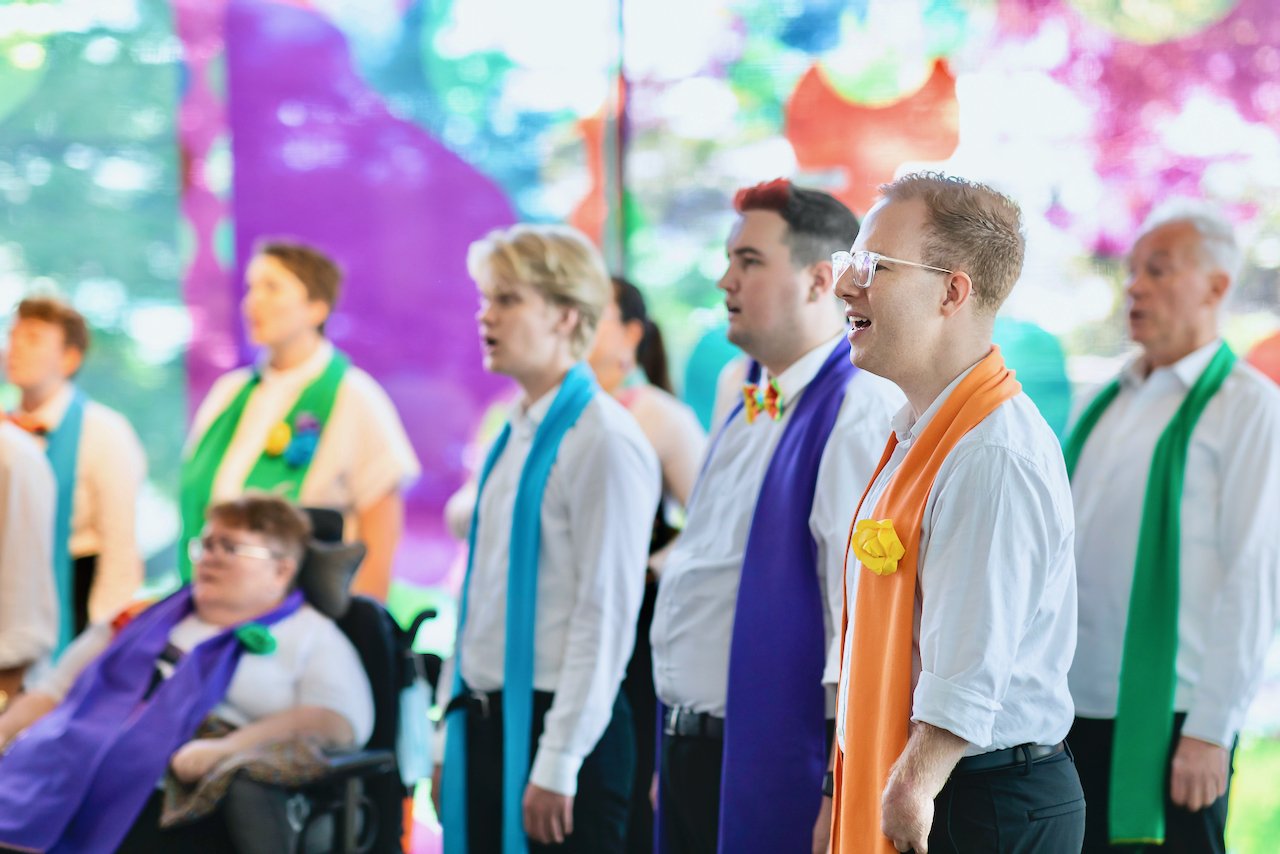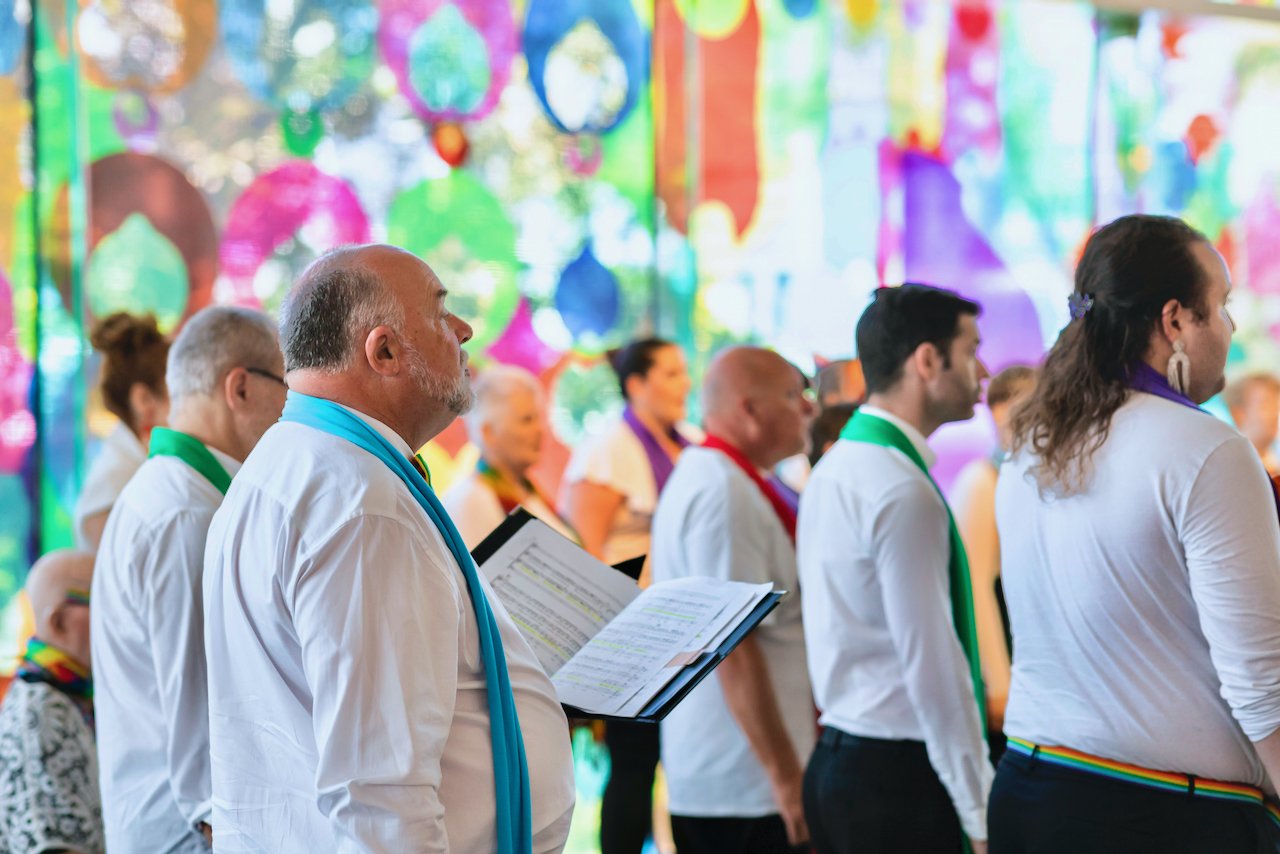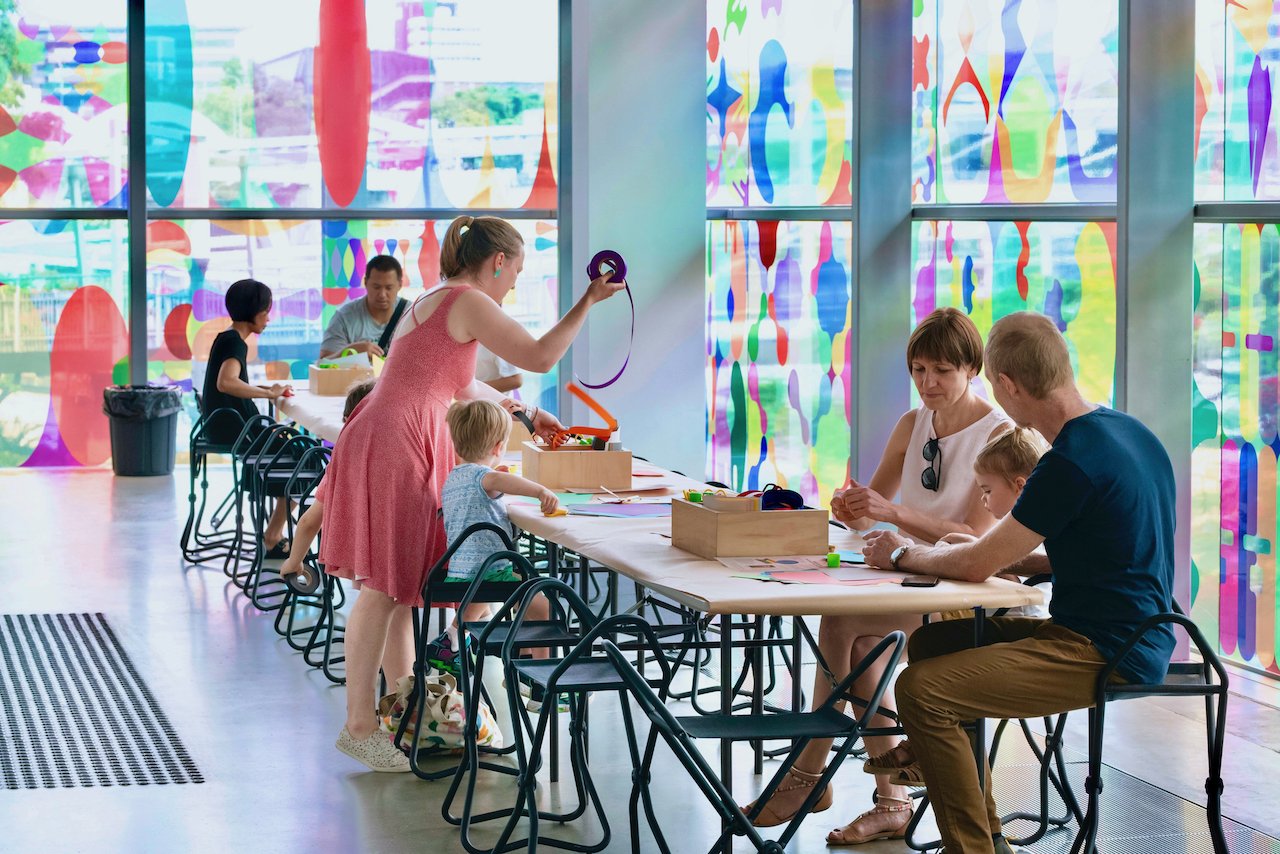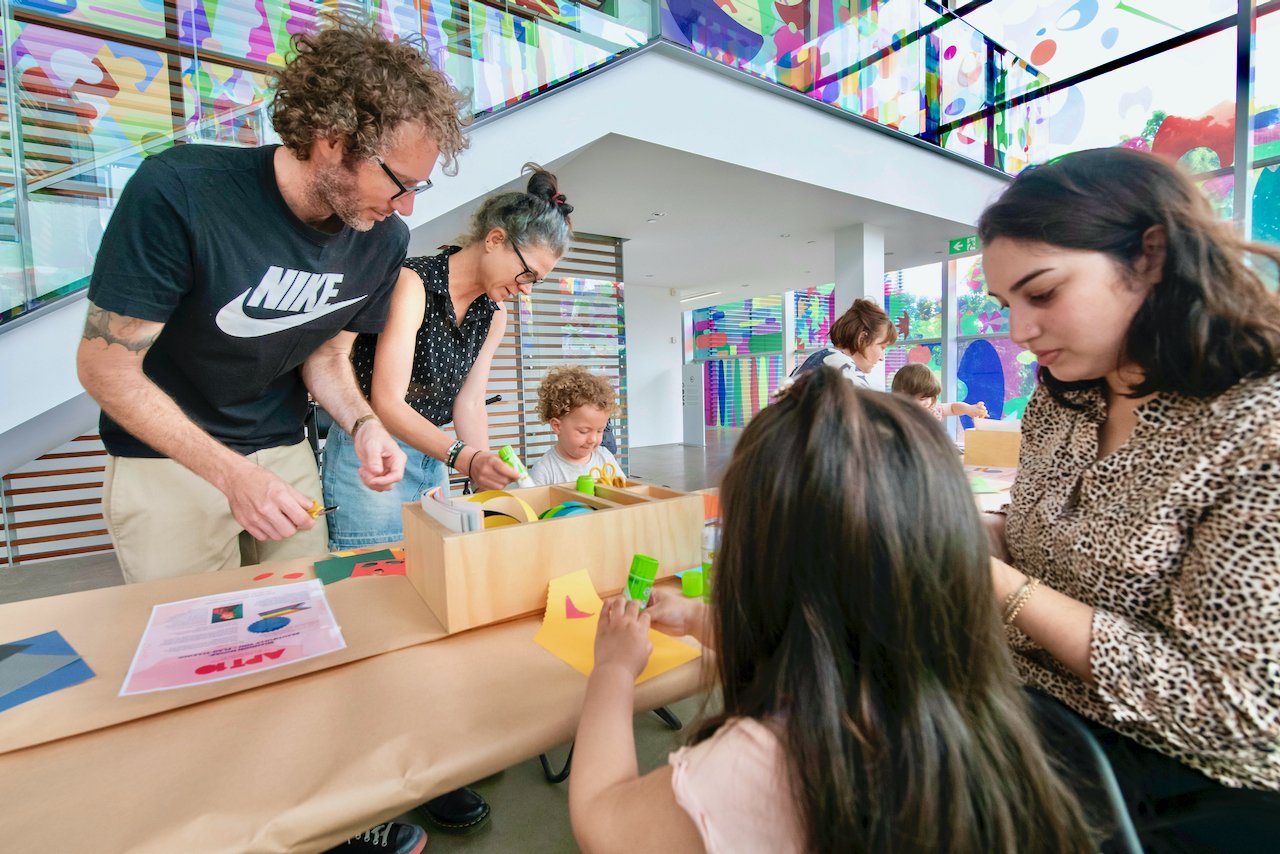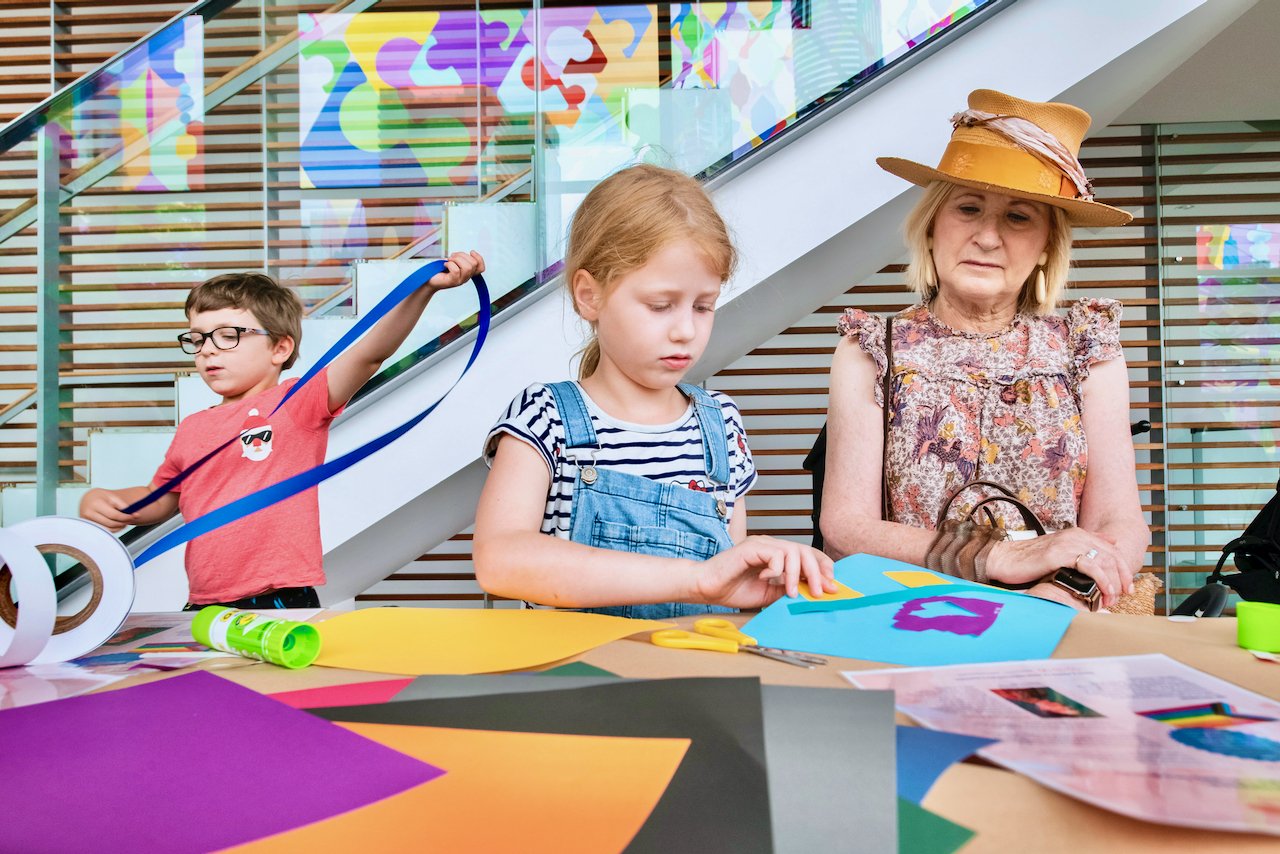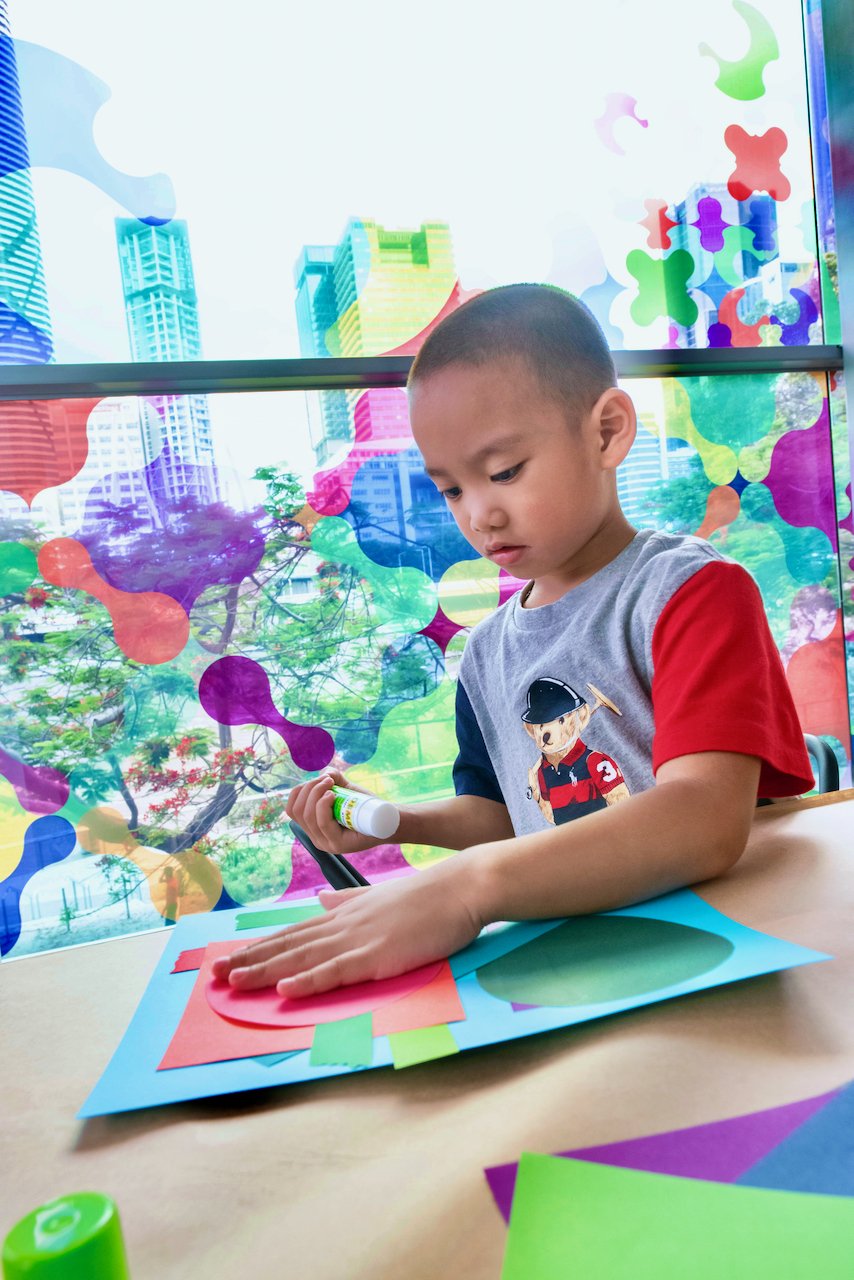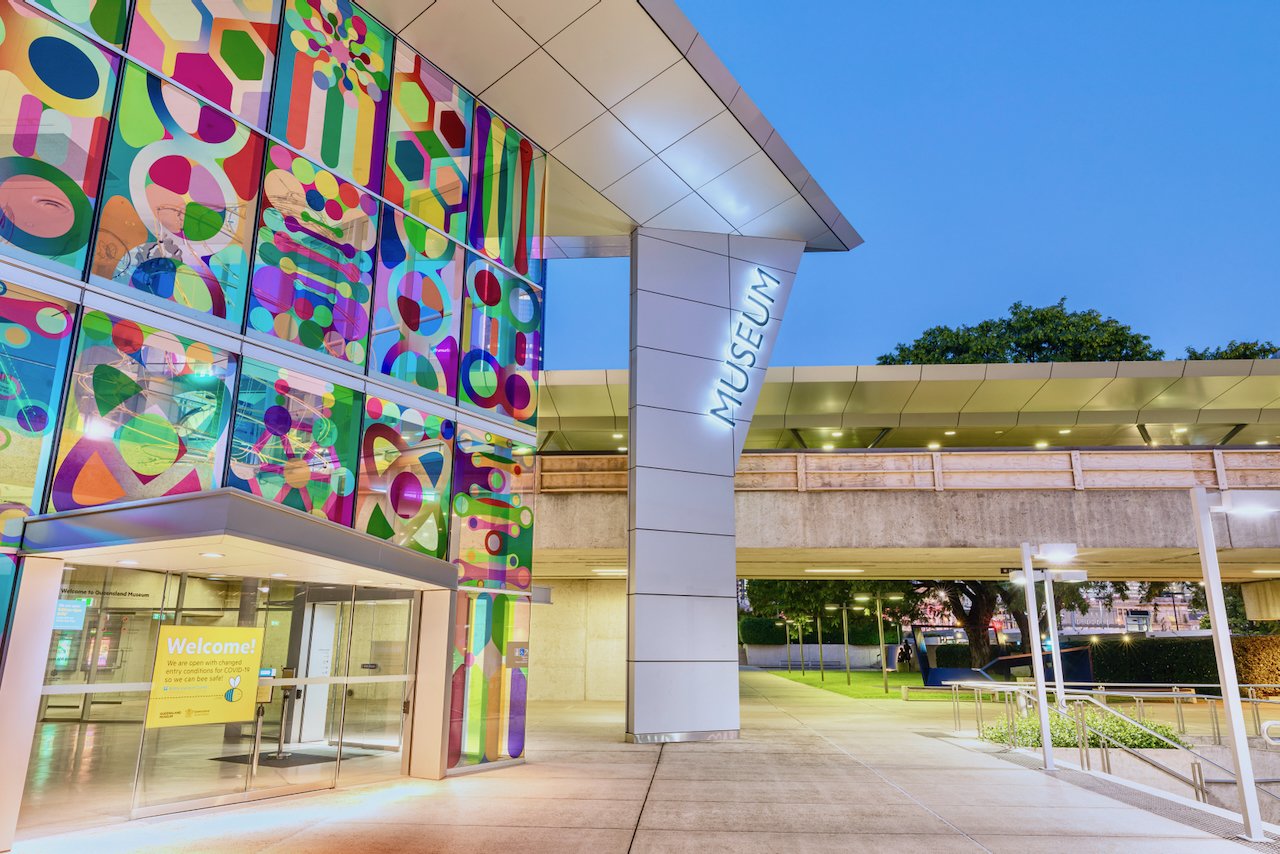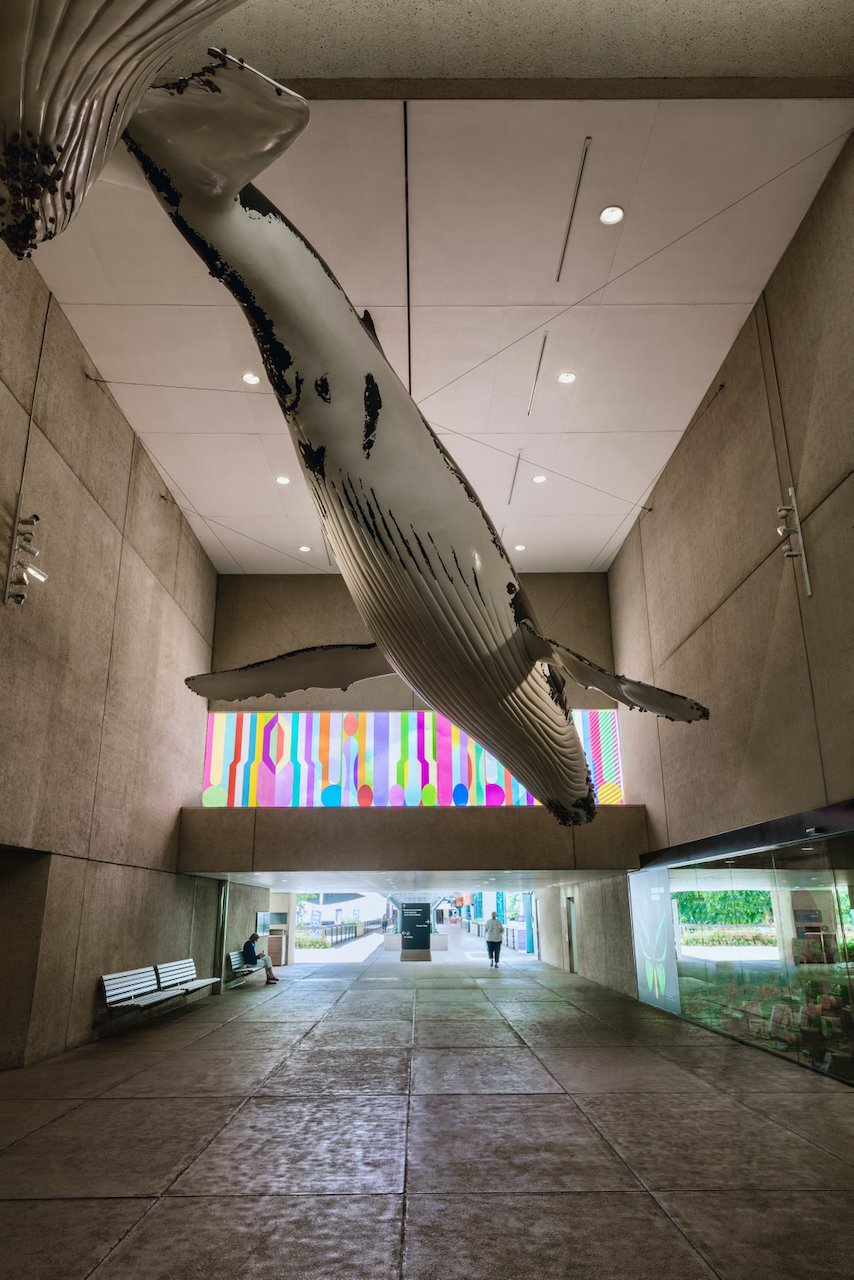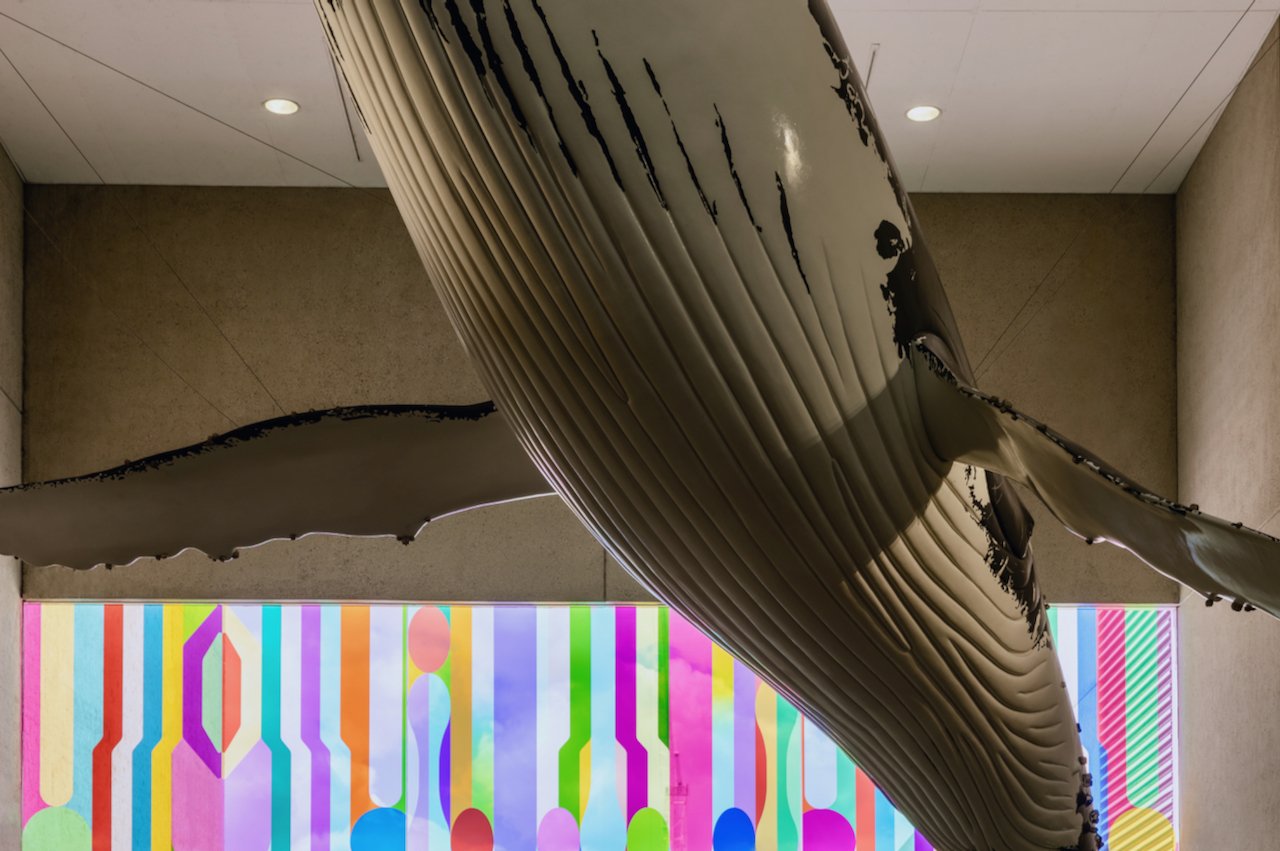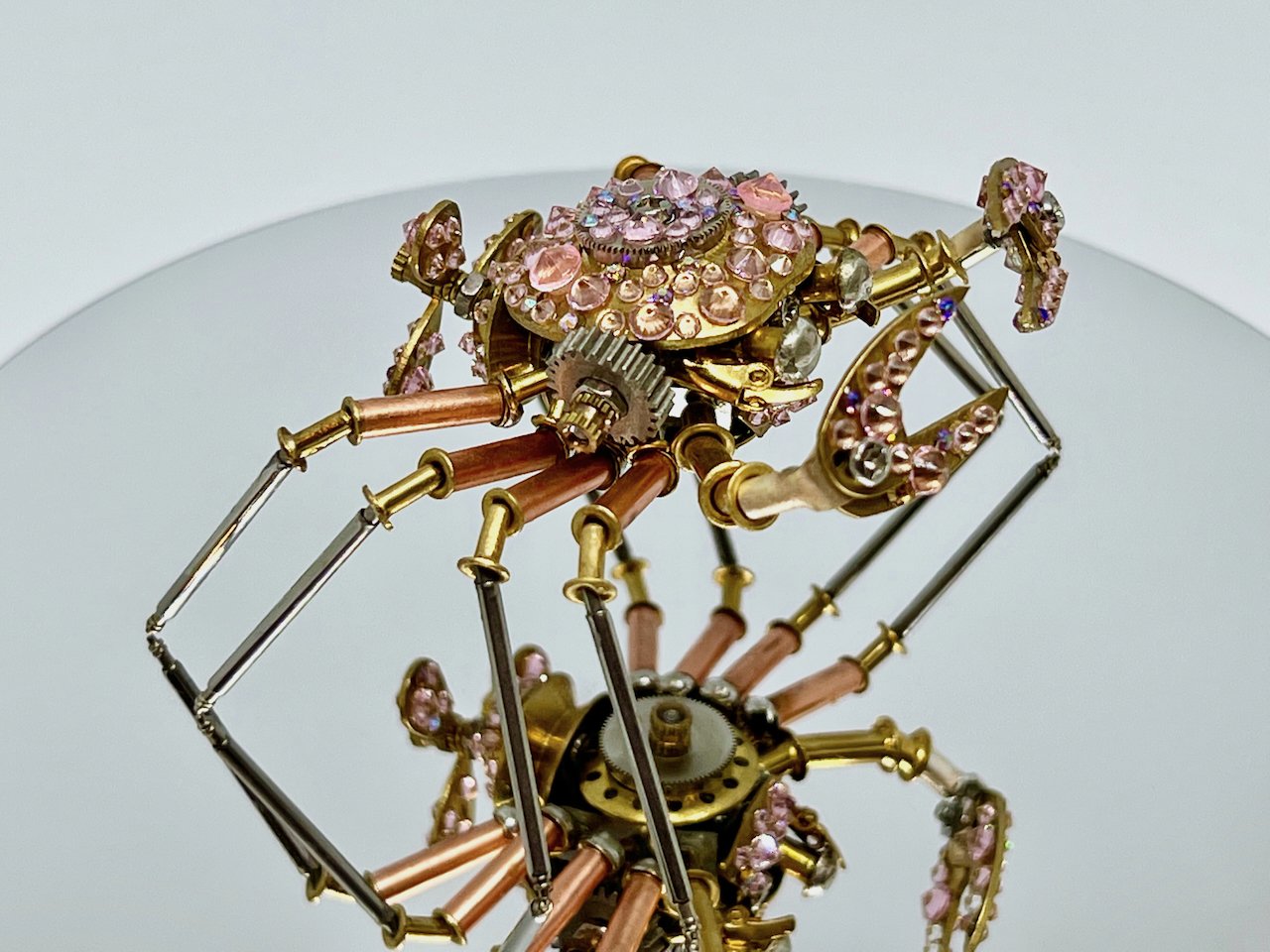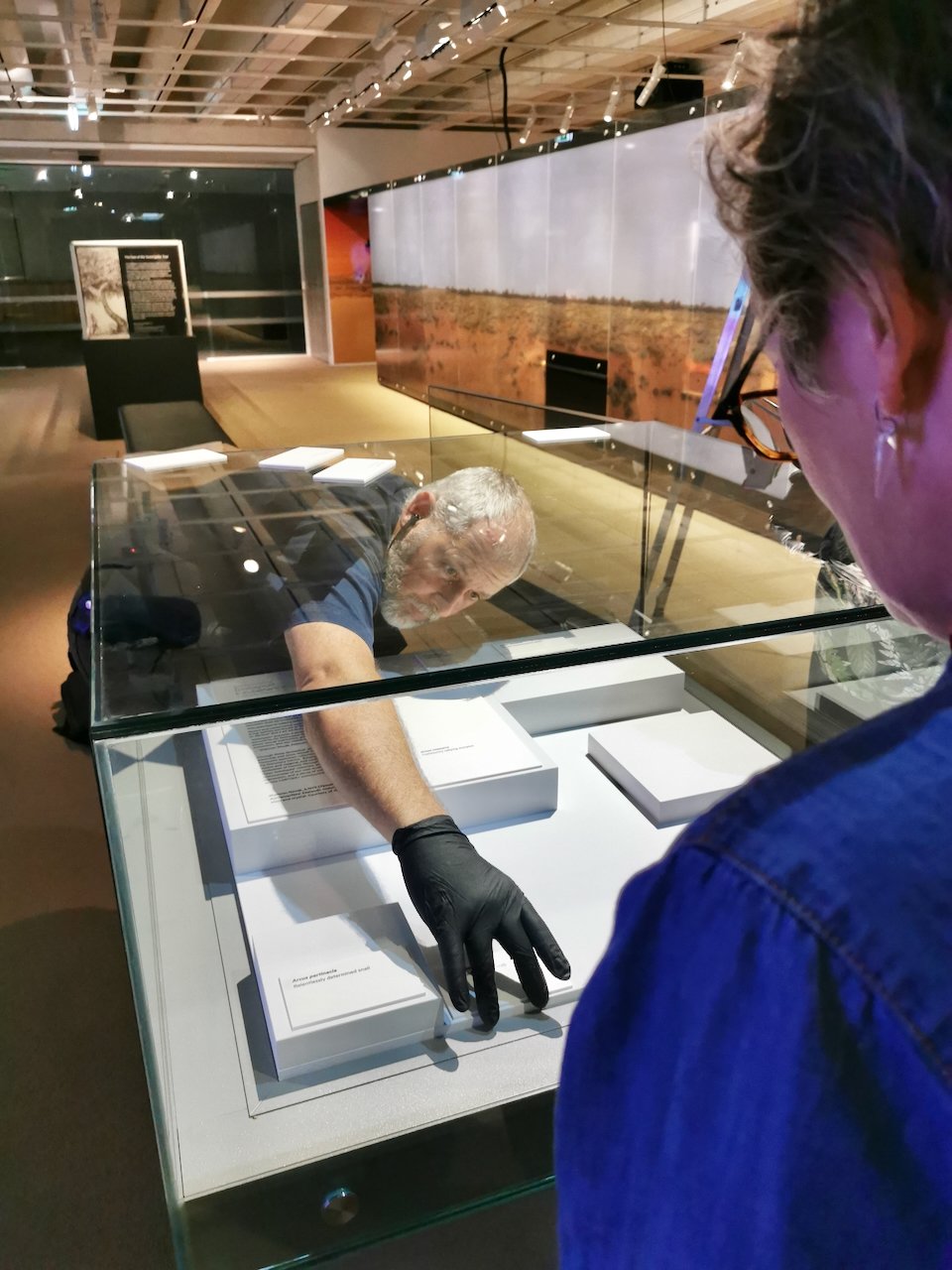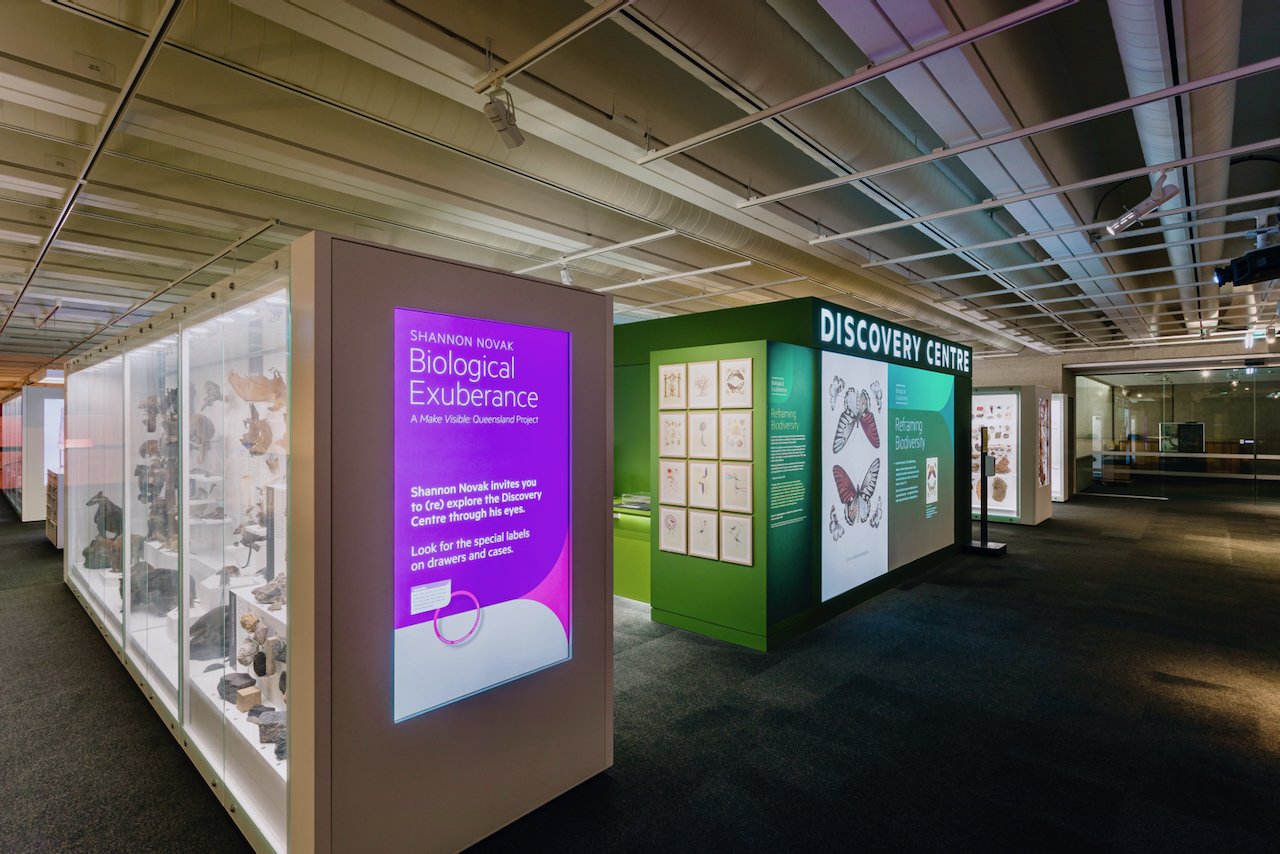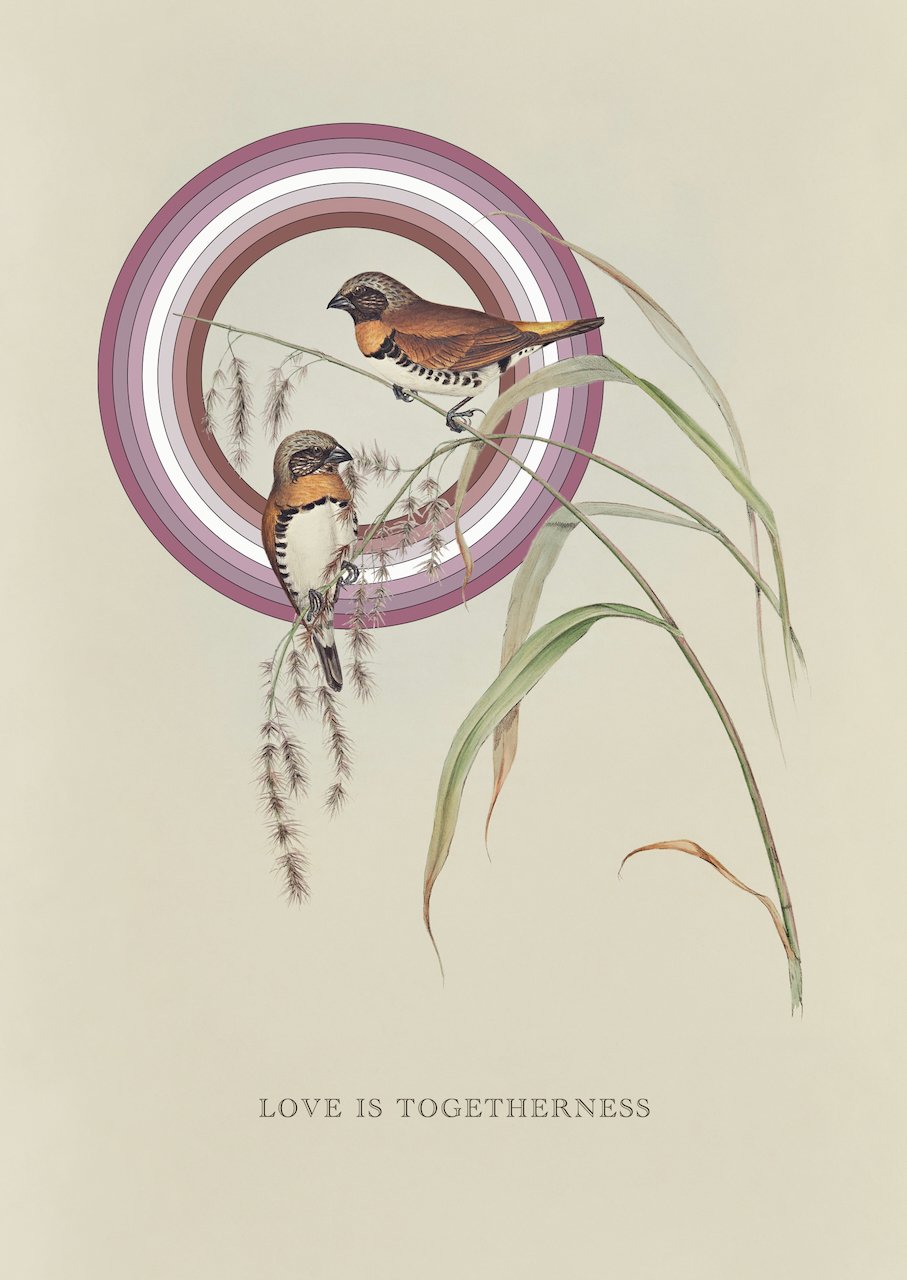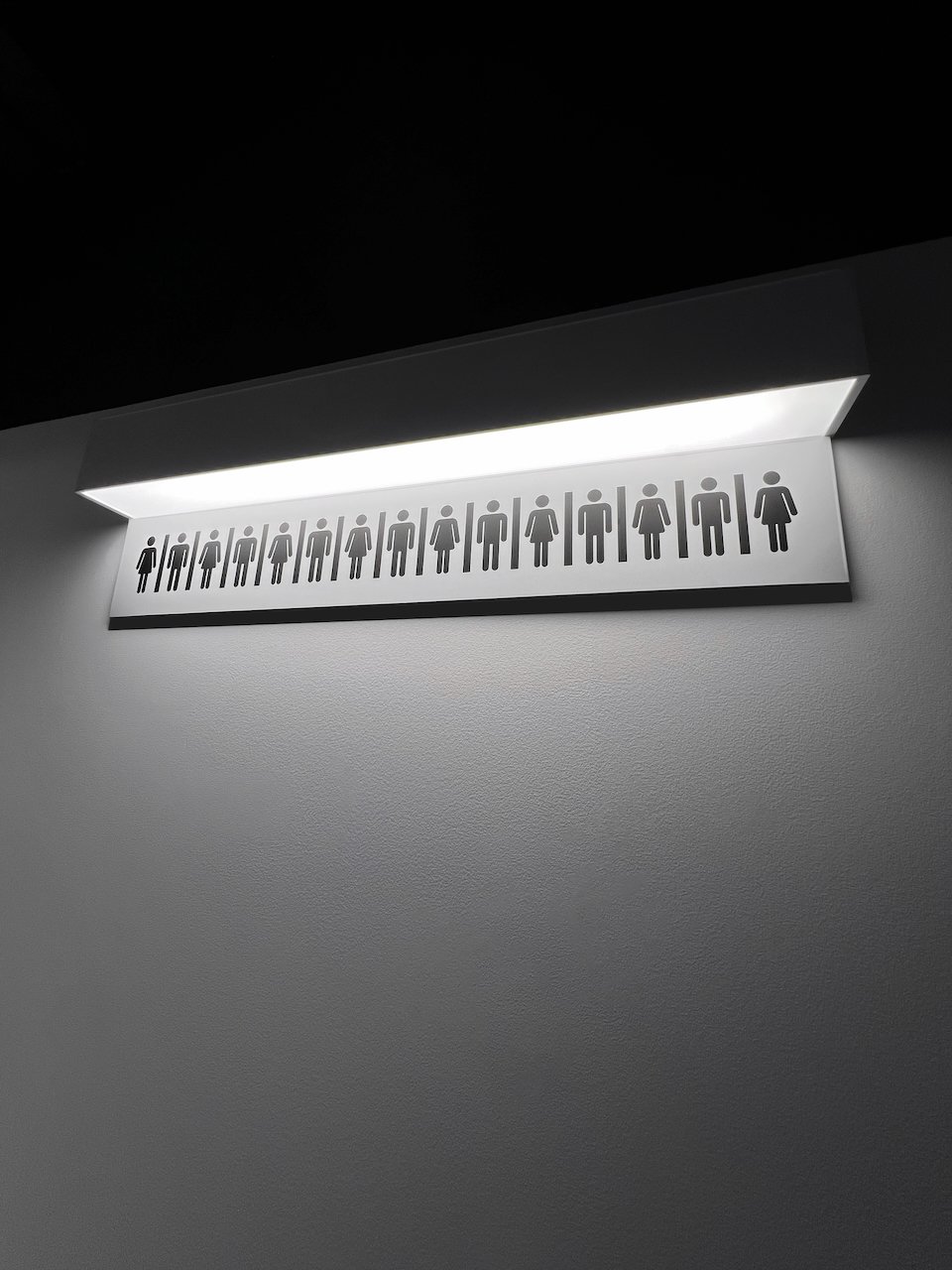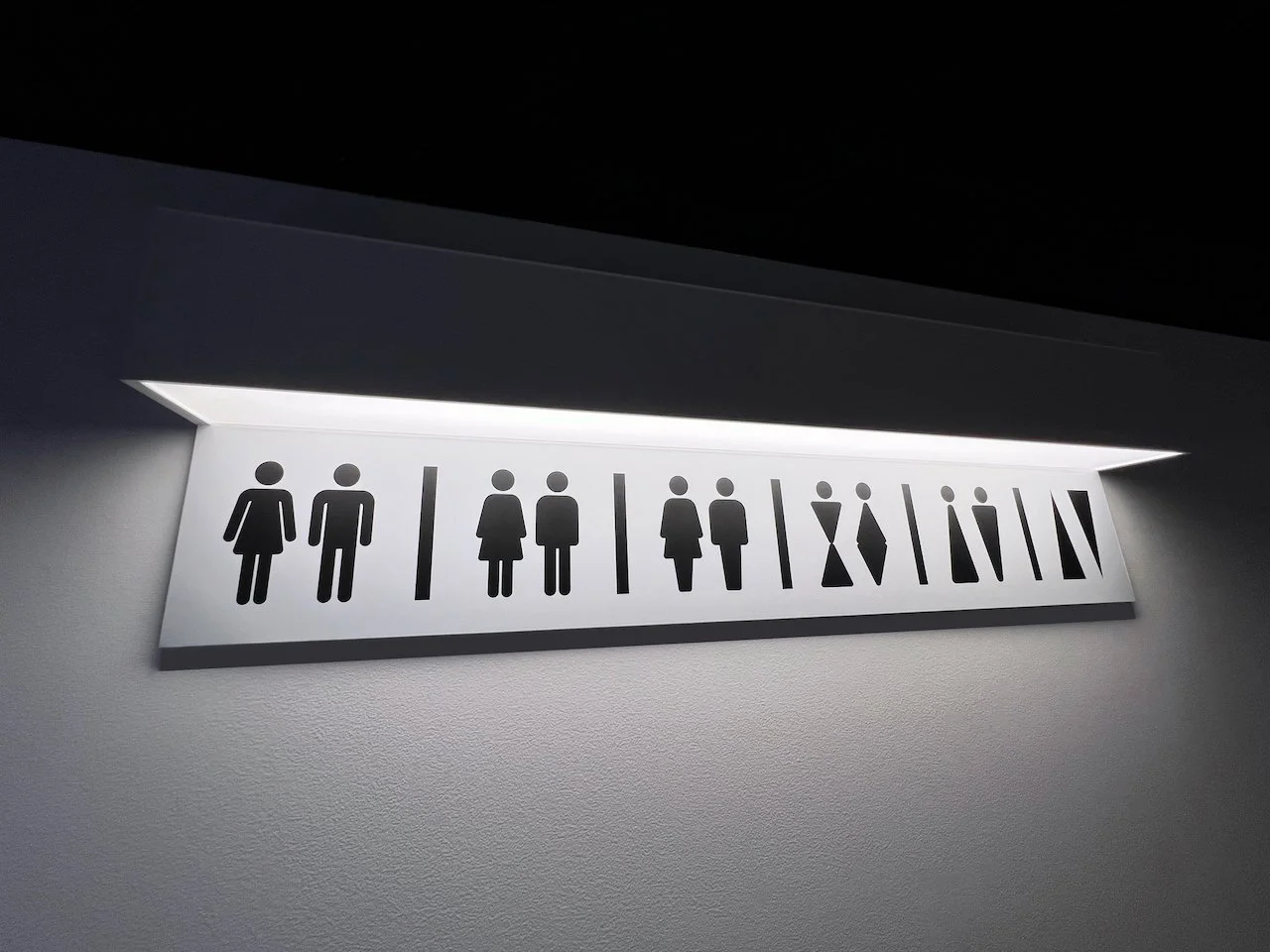make visible: qUEENSLAND
Queensland, Australia, ongoing.
Make Visible: Queensland is the first chapter of the overarching Make Visible project developed by Shannon Novak. It aims to grow support for queer communities in Queensland, Australia by making visible challenges and triumphs for these communities. It is Novak’s contribution to The 10th Asia Pacific Triennial of Contemporary Art (APT10) in 2021 at the Queensland Art Gallery | Gallery of Modern Art (QAGOMA). The chapter manifests as work developed with local queer communities across multiple sites inside and outside QAGOMA including:
81 Percent (Australia), Queensland Art Gallery | Gallery of Modern Art (QAGOMA), Brisbane, Queensland, Australia.
All Welcome, Queensland Art Gallery | Gallery of Modern Art (QAGOMA), Brisbane, Queensland, Australia.
In Motion, Queensland Art Gallery | Gallery of Modern Art (QAGOMA), Brisbane, Queensland, Australia.
Biological Exuberance, Queensland Museum, Brisbane, Queensland, Australia.
Make Visible: Toowoomba, University of Southern Queensland, Toowoomba, Queensland, Australia.
Notes on photography
The photos of all work at QAGOMA were commissioned for APT10. Images courtesy Queensland Art Gallery l Gallery of Modern Art. Photography: Katie Bennett, Chloe Callistemon, Merinda Campbell, Marc Grimwade, Joe Ruckli, and Lee Wilkes.
The photos of all work at the Queensland Museum are courtesy of the Queensland Museum. Photography: Joe Ruckli and Peter Waddington.
1. 81 pERCENT (AUSTRALIA)
Queensland Art Gallery | Gallery of Modern Art (QAGOMA), Brisbane, Queensland, Australia, 2021.
In 2021, The Australian Research Centre in Sex, Health, and Society (ARCSHS) at La Trobe University released Writing Themselves In 4, a national survey of health and wellbeing among LGBTQA+ young people in Australia. The report found that 81% of participants experienced high or very high levels of psychological distress. 81 Percent (Australia) makes this number visible using 81 surfaces (80 windows and 1 wall) in the River Room at QAGOMA.
1.1 someone you know
This work draws attention to the fact someone you know may be part of the 81% experiencing high or very high levels of psychological distress. It may even be you yourself. Each window is anthropomorphised, reflecting the diversity of those marginalised by sexual orientation, romantic orientation, gender identity, gender expression, and/or sex characteristics. In this regard, each window is given a different pronoun or pronominal adjective as its title.
This work was one component of a larger body of work Novak developed in this area of the gallery titled 81 Percent (Australia). Visitors could access information about this via an interactive console.
1.2 FOR THE VOICELESS
This work acknowledges those that may not have a voice, particularly those whom, for various reasons, may not feel safe openly identifying as queer people. The wall is made of 3820 roses. Each rose represents an individual who feels or are voiceless. One rose is a unique colour symbolising the idea of the “minority within a minority”, or sections of queer communities that are further marginalised than other sections of queer communities and are often overlooked.
2. ALL WELCOME
Queensland Art Gallery | Gallery of Modern Art (QAGOMA) and satellite spaces, Brisbane, Queensland, Australia, 2021.
In another part of QAGOMA, this section was a collaborative work with QAGOMA’s Children’s Art Centre. It celebrates diversity and inclusion and the importance of collaboration and community. Children and their families could engage with these themes through installations, hands-on making, and interactive digital media. Children and families could continue the fun at home with activities and videos on the QAGOMA website.
All Welcome was commissioned for QAGOMA’s APT10 Kids with support from the Tim Fairfax Family Foundation.
2.1 our space
Through colour, shape, and sound, this work creates a welcoming and safe space for children to express who they are and what makes them happy.
2.3 CELEBRATE YOU
This is an interactive work where people can create their own flag from a library of shapes and colours. It was available onsite at QAGOMA through interactive touch screens and online through the QAGOMA website. When people completed their flag they could save and share this work to a world map showing a meta-view of all flags created to date worldwide.
2.4 in this together
This was an interactive work celebrating the positive work being done in the field of diversity and inclusion for children. It was made of rotating mirror balls, mirrored walls, and a music playlist of uplifting songs curated by QAGOMA’s Children’s Art Centre. All were welcome to dance in this space.
2.5 OUr youth
This is a video work developed in collaboration with QAGOMA’s Children’s Art Centre and students from a local school. Students voice their thoughts about diversity, love, and the importance of feeling safe.
2.6 brisbane: a place for all
Developed in collaboration with artist Matthias Bucher this was a satellite work outside QAGOMA on Cordelia Street in the Brisbane CBD. The work reflects Brisbane as a world where families are diverse and inclusive, and that these families are welcomed and supported. There is a polyamorous family with two children, a lesbian couple with child, a single father with two children, a heterosexual couple with a transgender child, a single parent with a non-binary child, and a rainbow family with a pet.
This work was presented as part of APT10 Kids: Outdoors (2021), an outdoor gallery exhibition developed by QAGOMA in collaboration with Brisbane City Council.
2.7 Measure: Queensland
This was a satellite work developed by Novak outside QAGOMA on Edison Lane in the Brisbane CBD. According to a report by the Australian Bureau of Statistics (ABS) the population of Queensland was 5,194,879 as of December 2020. The report estimated 4.18% of this population were gay, lesbian, or bisexual, which means a conservative estimate of queer communities in Queensland at that time sat at approximately 217,146 people. This estimate is conservative as it does not include the many queer identities beyond gay, lesbian, or bisexual.
Each queer life is represented by a coloured circle. There are 217,146 circles reflecting the estimate above. This helps visualise how large queer communities might be.
3. IN MOTION
Queensland Art Gallery | Gallery of Modern Art (QAGOMA), Brisbane, Queensland, Australia, 2021.
This section was a collaborative project with QAGOMA. The focus was the development of a series of public facing events and projects that helped make visible the challenges and triumphs of queer communities in Queensland.
3.1 dear queensland
Dear Queensland is an online interactive project developed by QAGOMA in collaboration with Shannon Novak. This work made space for local (Queensland) queer communities to write open letters to the general public about what life is really like in Queensland as queer people, the challenges and triumphs.
People could submit a letter online (with could include text and/or imagery) that would then be displayed in an online gallery for the general public to view. These submissions are now part of a permanent archive in the QAGOMA Research Library Special Collections.
You can view the online gallery here: https://play.qagoma.qld.gov.au/dear-queensland/
3.2 IMBUE
Brisbane Pride Choir performed over four days in the River Room at QAGOMA, surrounded by the window work Someone You Know. They performed the following setlist unaccompanied:
Bura Fera: traditional, translated into Yorta Yorta by Theresa Clements, arranged by Elliot Rentoul.
Down to the River: traditional, arranged by Guy Stalnaker.
Let it Go: Suzanne Frisk.
Eatnemen Vuelie: Frode Fjellheim, arranged by Emily Crocker.
3.2 BEAUTIFULLY YOU
The public were invited to participate in a flag making workshop in the River Room at QAGOMA, surrounded by the window work Someone You Know. This is a companion event to the Celebrate You digital flag maker (see 2.3 Celebrate You). The workshops were presented by QAGOMA in collaboration with Brisbane City Council.
4. BIOLOGICAL EXUBERANCE
Queensland Museum, Brisbane, Queensland, Australia, 2021.
This was a collaborative project with Queensland Museum led by Chris Salter, Head of Cultures and Histories. The focus was to challenge heteronormative views of nature by highlighting diversity found in nature in relation to sexual orientation, romantic orientation, gender identity, gender expression, and sex characteristics. The project is named after the book Biological Exuberance: Animal Homosexuality and Natural Diversity written by biologist and researcher Bruce Bagemihl in 1999. The book evidences how diverse sexual orientation and gender expression is in more than 450 species.
4.1 THE RAINBOW GENE
Genomes are an organisms complete set of genetic instructions that allow it to grow and develop. There is still much to discover about genomes, genes, and chromosomes and why we are the way we are. The Rainbow Gene celebrates our biodiversity, the known, and the unknown.
4.2 THE MODERN FAMILY
This intervention is installed in the Whale Mall where three humpback whales float in the air. The original creators identify these as a bull, cow, and young calf, however, this could be interpreted differently by the viewer. Humpback whale males and females look very similar to each other, making it very difficult to visually determine sex. Both have a genital slit on its underside and the relative location of this slit determines sex. For males the genital slit is located closer to the whales stomach. For females, the genital slit is closer to their tail flukes. The two larger whale sculptures don’t have slits, so they could be a male and female, male and male, or female and female. The family unit we see could be many configurations.
This intervention consists of a window work by Novak titled The Parent, The Parent, and The Child and an audio work titled Currents (Beauty in Ambiguity) developed in collaboration with artist Jase Ess.
4.2.1 THE PARENT, THE PARENT, AND THE CHILD
This work mirrors the three floating whales onto the glass window panels in the Whale Mall. Breaking the work into thirds, the left and right thirds represent the two parent figures and the middle third represents the child.
4.2.2 CURRENTS (BEAUTY IN AMBIGUITY)
This is a sound work developed by artist Jase Ess exploring the diversity, flow, and beauty of sex characteristics as found in nature. With reference to the difficulty in determining the sex of humpback whales as something beautiful, Ess recounts, merges, and celebrates their own experiences of ambiguity in gender identity through sound.
4.3 HOLOTYPES
When a new species is discovered, it must be scientifically documented. At this time, a single specimen must be nominated to represent that species. This specimen is called a holotype. Recent and conservative estimates suggest 18% of all living species are known at this point. There is a lot left to discover and a lot we don’t know about biodiversity. Holotypes presents a series of hypothetical and scientifically named new discoveries that expand what we know about sexual orientation, gender identity, gender expression, and sex characteristics in nature.
4.4 reframing biodiversity
This installation invites the audience to explore the Discovery Centre at the museum through Novak’s eyes. Drawers and cases are marked to highlight specimens that challenge heteronormativity and show diversity in sexual orientation, gender identity, gender expression, and sex characteristics. In addition, a selection of images from the Queensland Museum Network Image Library are displayed, digitally edited by Novak to reflect the often hidden and diverse dimensions of each subject. These are primarily living organisms taken from natural history books written as early as the eighteenth century.
5. Make Visible: Toowoomba
University of Southern Queensland and satellite spaces, Toowoomba, Australia, 2022.
This section was a collaborative project with the University of Southern Queensland (USQ) to help make visible the challenges and triumphs of queer communities in Toowoomba. Key members of the project team included people from USQ including Dr Amy Mullens (Associate Professor Psychology), Beata Batorowicz (Associate Professor Spatial Construction – Visual Arts), Dr Annette Bromdal (Senior Lecturer Sport, Health, and Physical Education), and Brodie Taylor (Curator Arts and Exhibitions).
5.1 IT’S OK TO BE ME
This was a group exhibition at the University of Southern Queensland Art Gallery, co-curated by Shannon Novak and Toowoomba based artists and curators Chris Mills-Kelly, and Gwen Walker.
5.2 IN TRANSIT
This was an installation by Novak exploring the nature of restroom signage in Queensland (and wider) in a restroom area at the University of Southern Queensland Art Gallery.
5.3 into the self
This was a series of workshops exploring self identity at the University of Southern Queensland Art Gallery.
5.4 SITES OF INFLUENCE
This was a series of works and an interactive workshop with support from Lizzie Vilmanis, and Zaimon Vilmanis as part of The Garden of Curiosity at the Empire Theatre.
PROJECT OUTCOMES
The aim of the Make Visible: Queensland project was “to grow support for queer communities worldwide by making visible challenges and triumphs for these communities” and as a result, help drive positive mental health outcomes for queer communities in Queensland and beyond. This section lists key project outcomes to date that support this aim at the different sites involved.
Queensland Art Gallery | Gallery of Modern Art (QAGOMA)
In consultation with QAGOMA staff, key project outcomes at QAGOMA to date include:
Increased visibility of queer communities, particularly queer families and young people.
Increased support to queer communities.
Increased engagement between queer communities and the gallery.
Archived project content from local queer communities as a new collection in the QAGOMA Research Library Special Collections.
Established the QAGOMA Inclusion Group (QIG) to drive positive and inclusive space for staff, visitors, and stakeholders. QIG’s first initiatives included:
Research and benchmarking for best practice queer inclusion within the arts and museum sectors.
Staff education and training on gender identity and intersectionality including using inclusive language and questioning implicit bias.
Regular communication provided to all staff around the objectives and work of the QIG to highlight the issues affecting queer staff, audiences, and other stakeholders.
Advocacy and support for initiatives relating to queer communities, including exhibitions, programming, and community partnerships and outreach.
Provided guides to staff on pronoun usage in email signatures.
Provided guides to staff on inclusive language.
Trialled gender-neutral bathrooms.
Trained front of house staff on making the gallery a more welcoming space for gender diverse people.
35,991 flags created through the interactive work Celebrate You (see 2.3 Celebrate You above).
Centred and amplified queer voices through public programs.
Queensland MuseuM
In consultation with Queensland Museum staff, key project outcomes at Queensland Museum to date include:
Increased visibility of queer communities.
Increased support to queer communities.
Increased engagement between queer communities and the gallery.
Queensland Museum and the wider Queensland Museum Network joined the Safe Space Alliance, committing to being safe spaces for queer communities.
University of Southern Queensland
In consultation with University of Southern Queensland staff, key project outcomes at the University of Southern Queensland to date include:
Increased visibility of queer communities, particularly in Toowoomba.
Increased support to queer communities, particularly in Toowoomba.
Increased engagement between queer communities and the university.
Increased queer content in the university art collection.
Abstract published from the International Conference Diversity Interventions 2022 titled “‘Make Visible’: Promoting Diversity and Inclusion for Members of Gender and Sexually Diverse Communities (To Create a ‘Ripple Affect’) - In Partnership With Community and Industry”.










